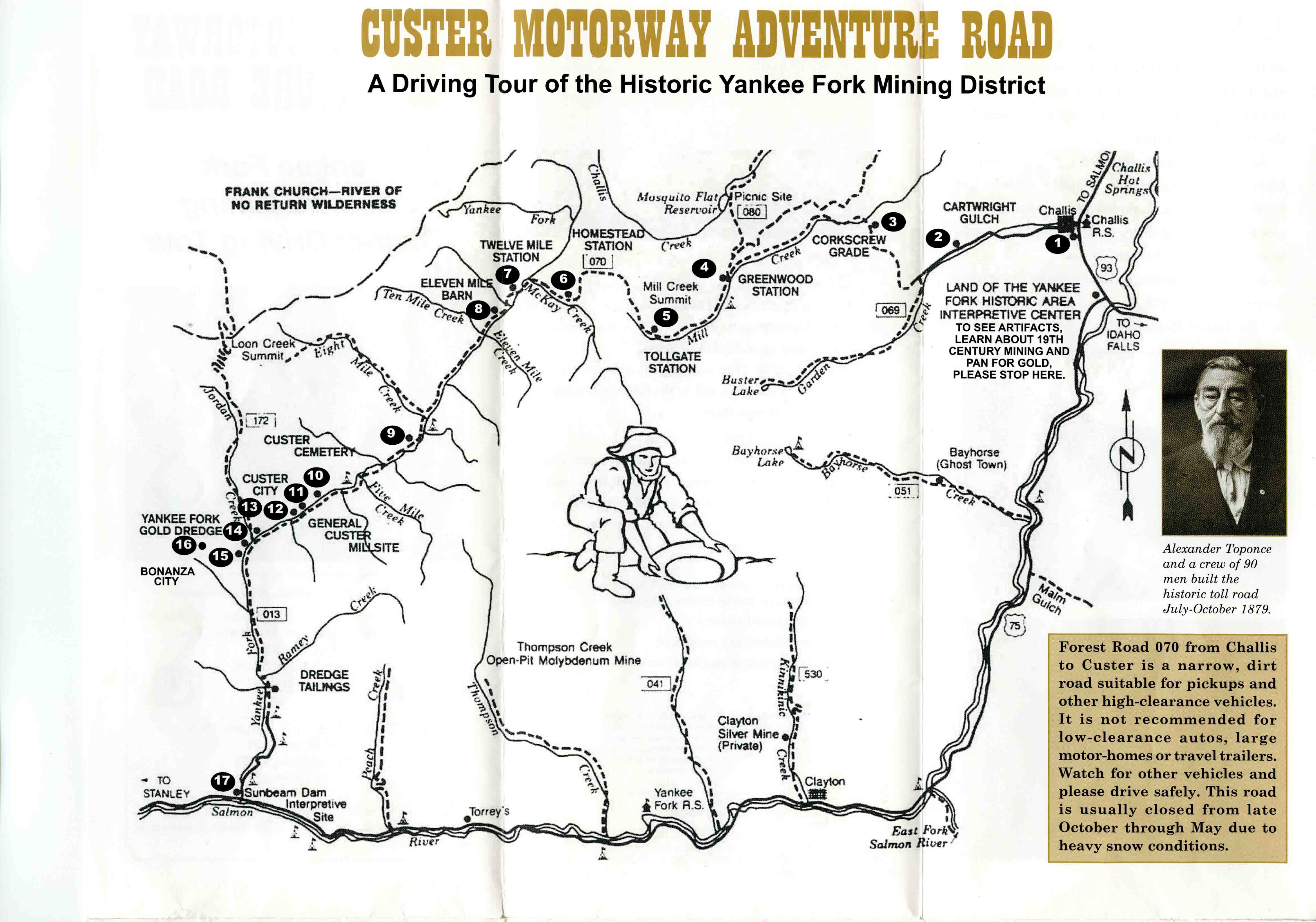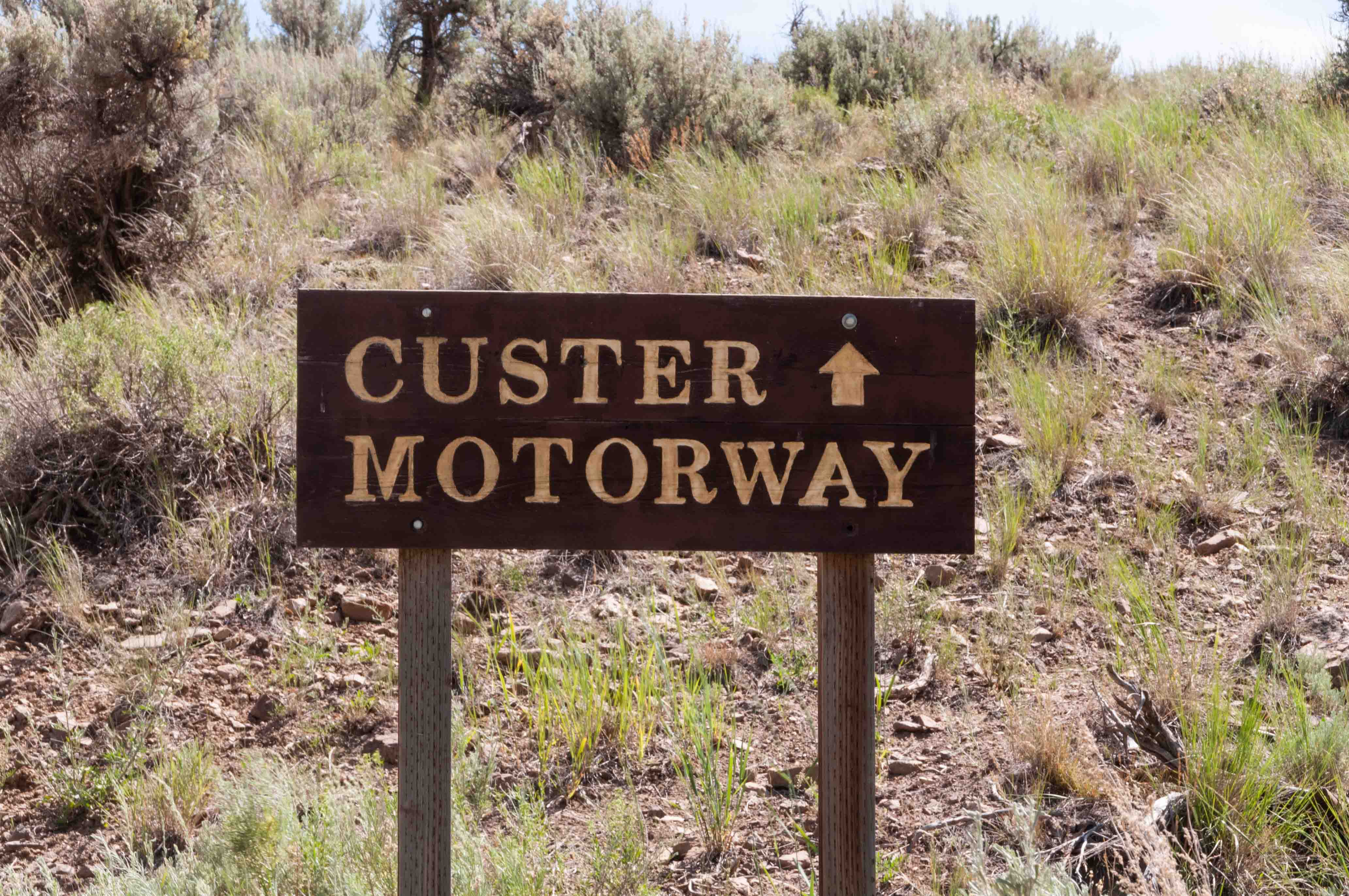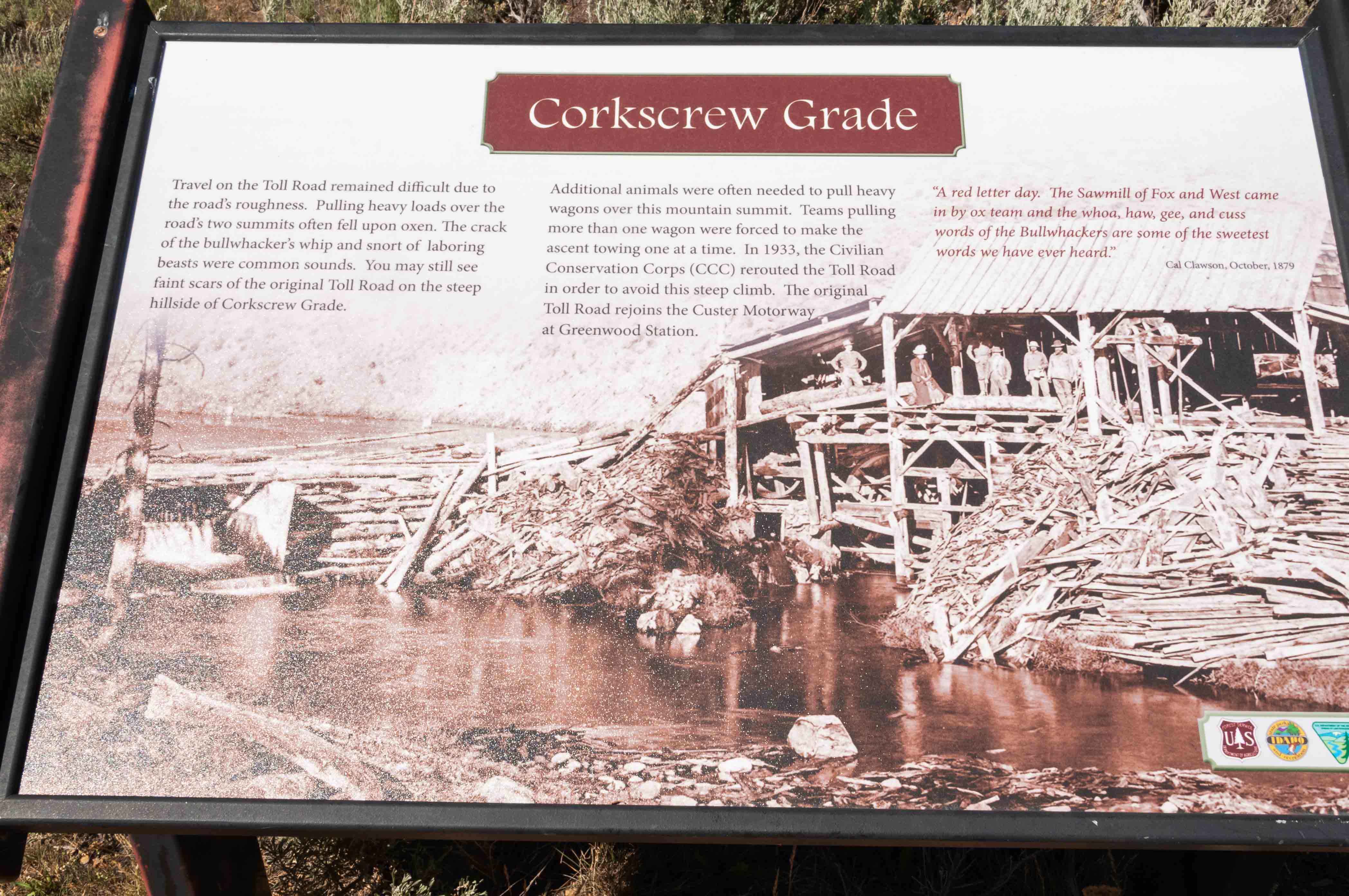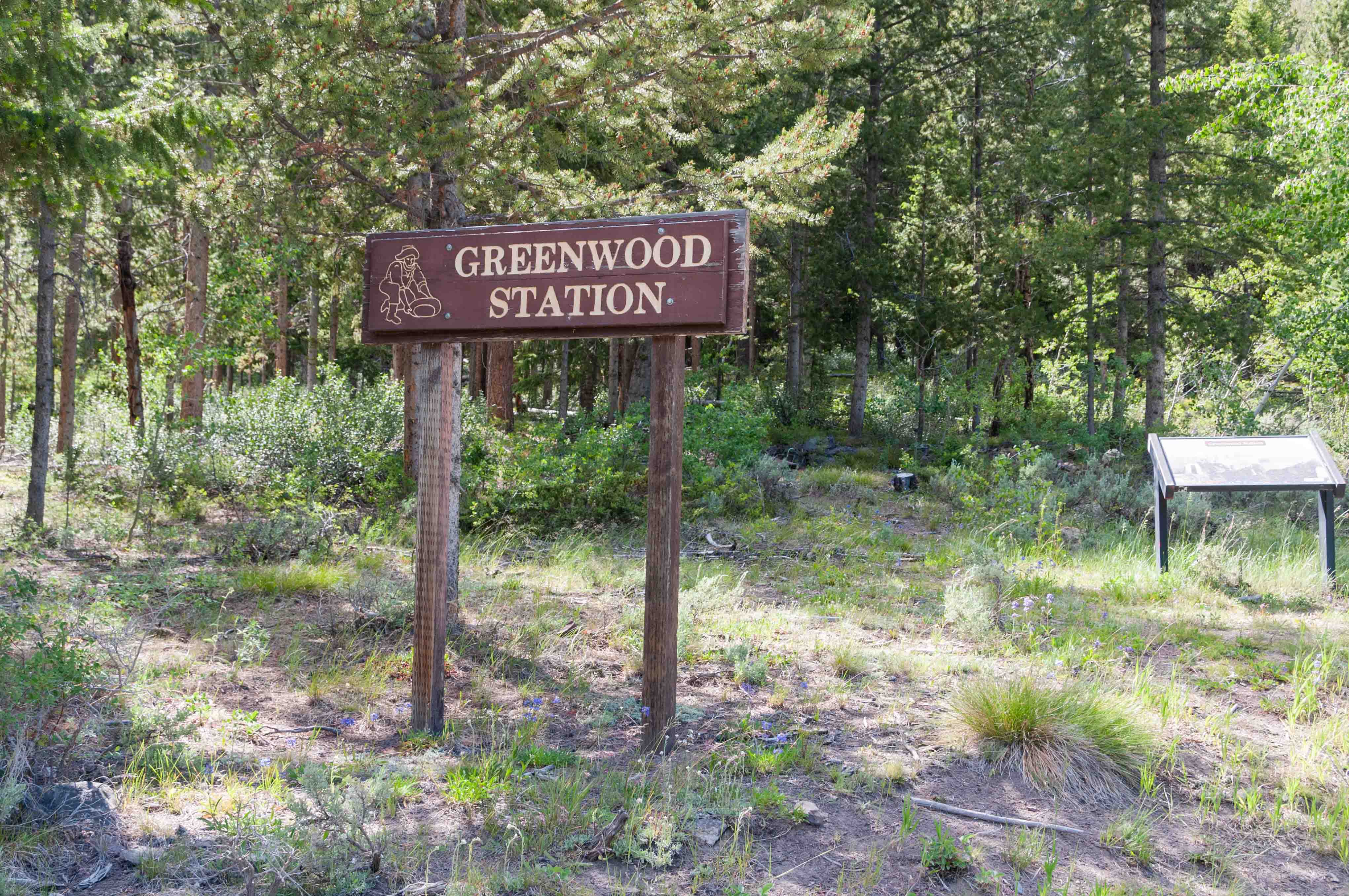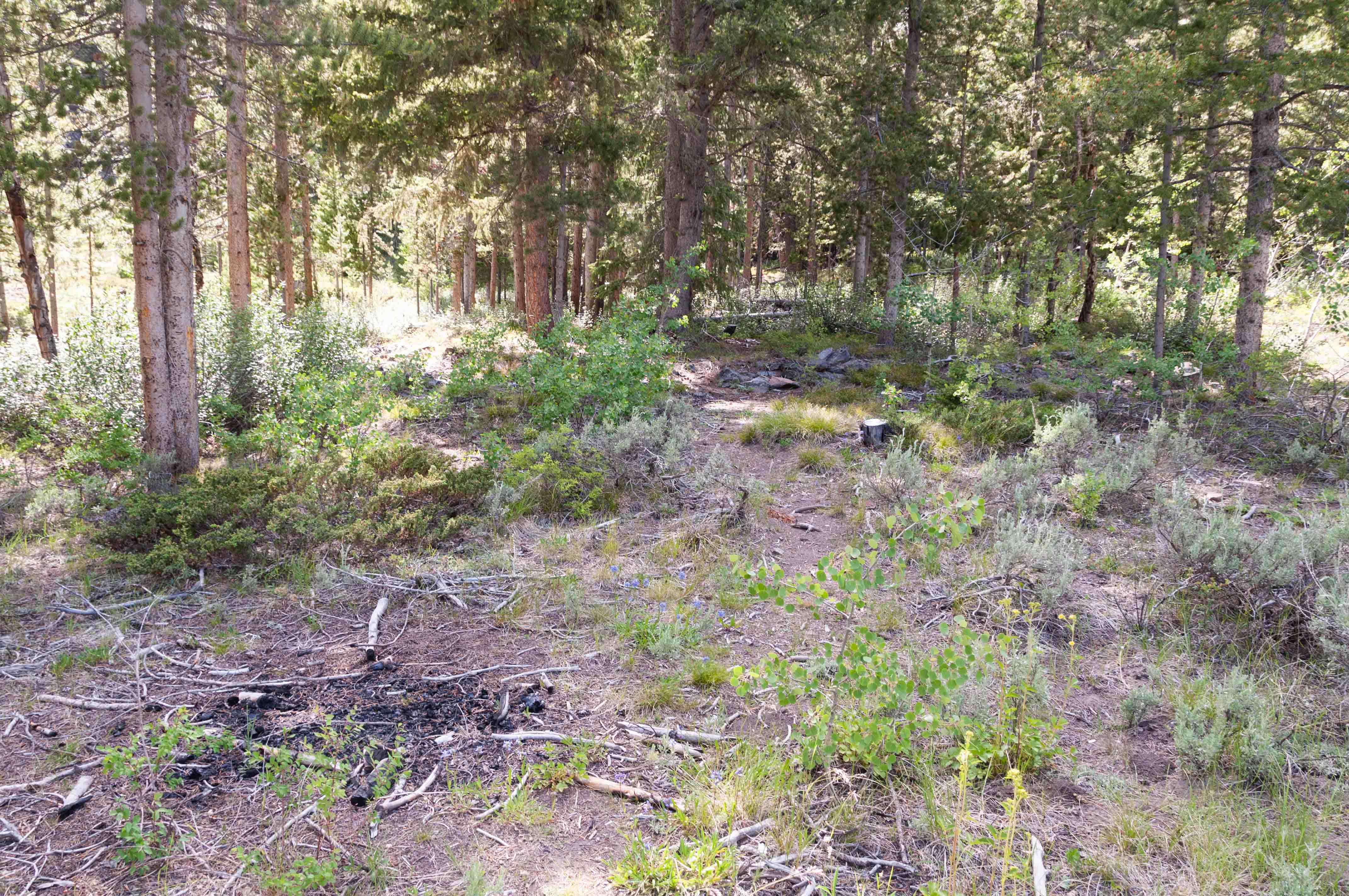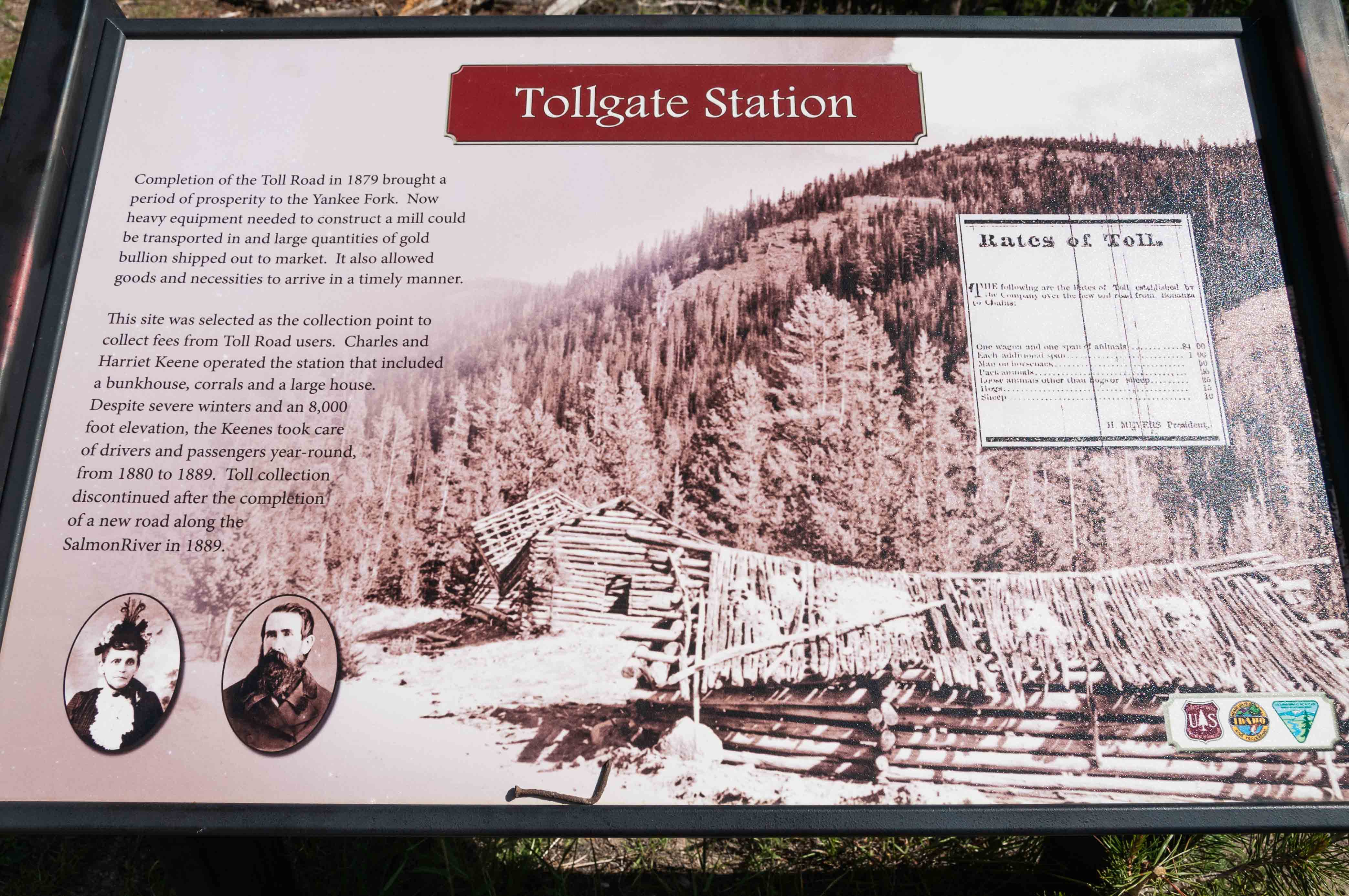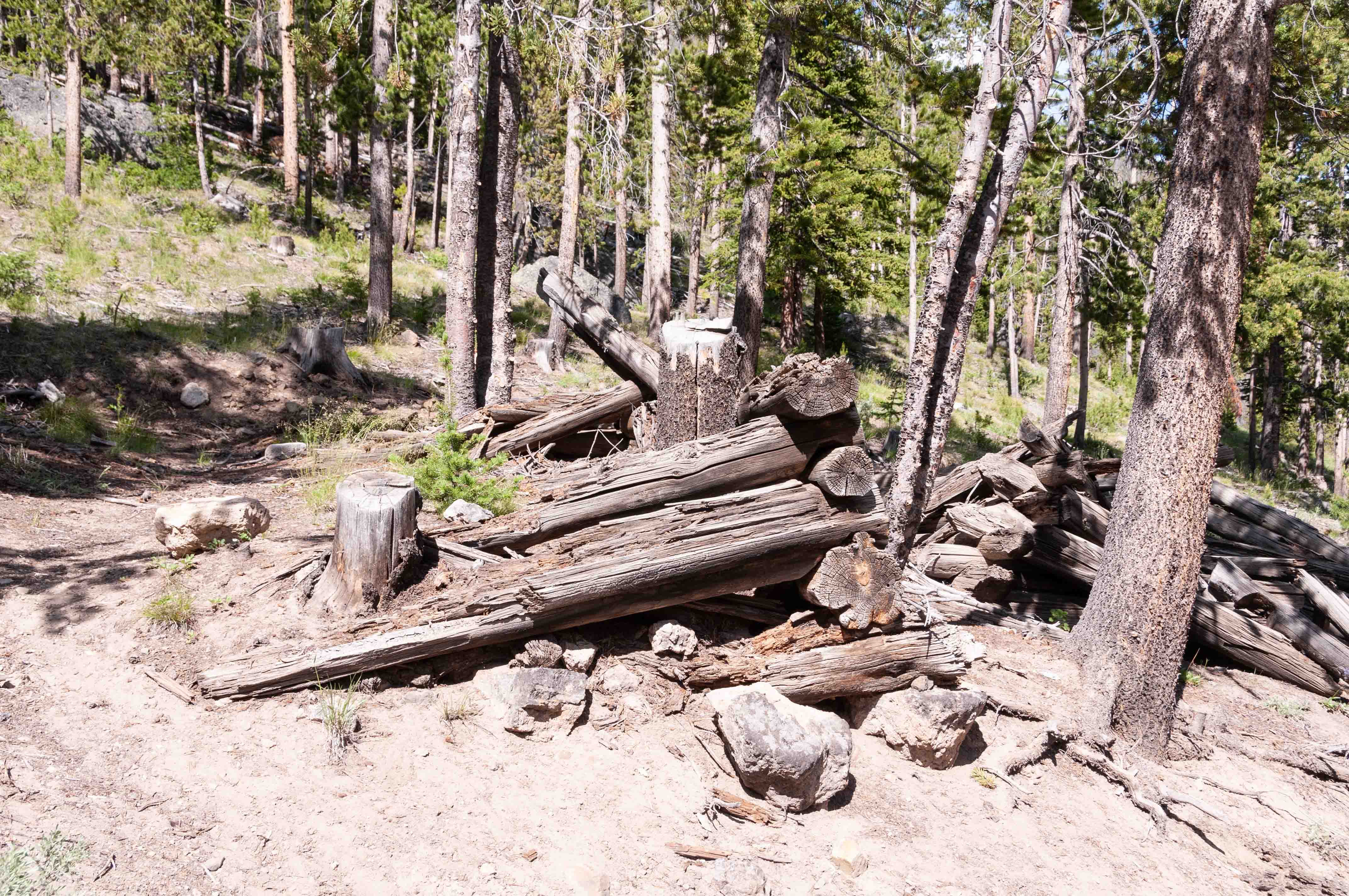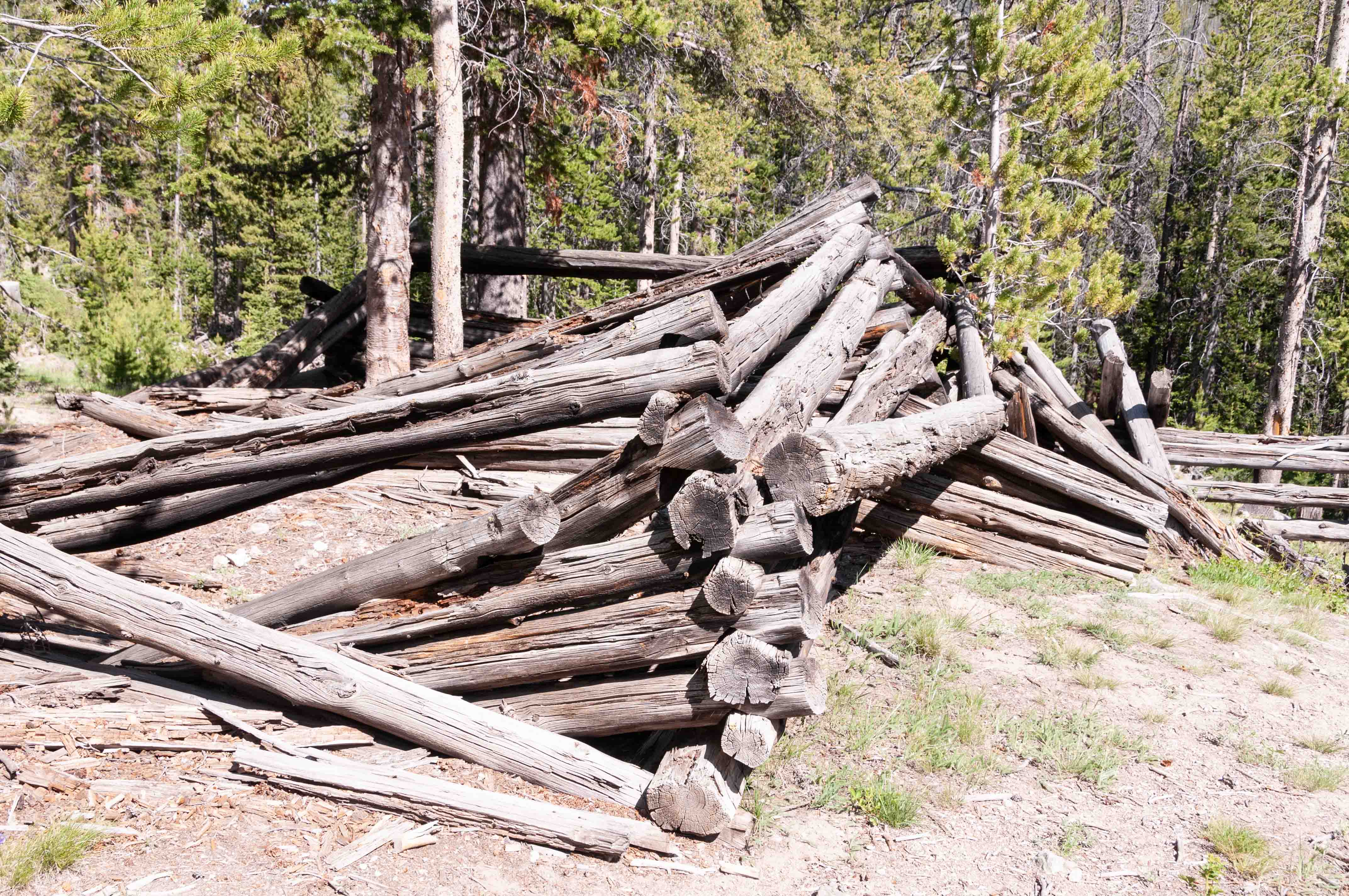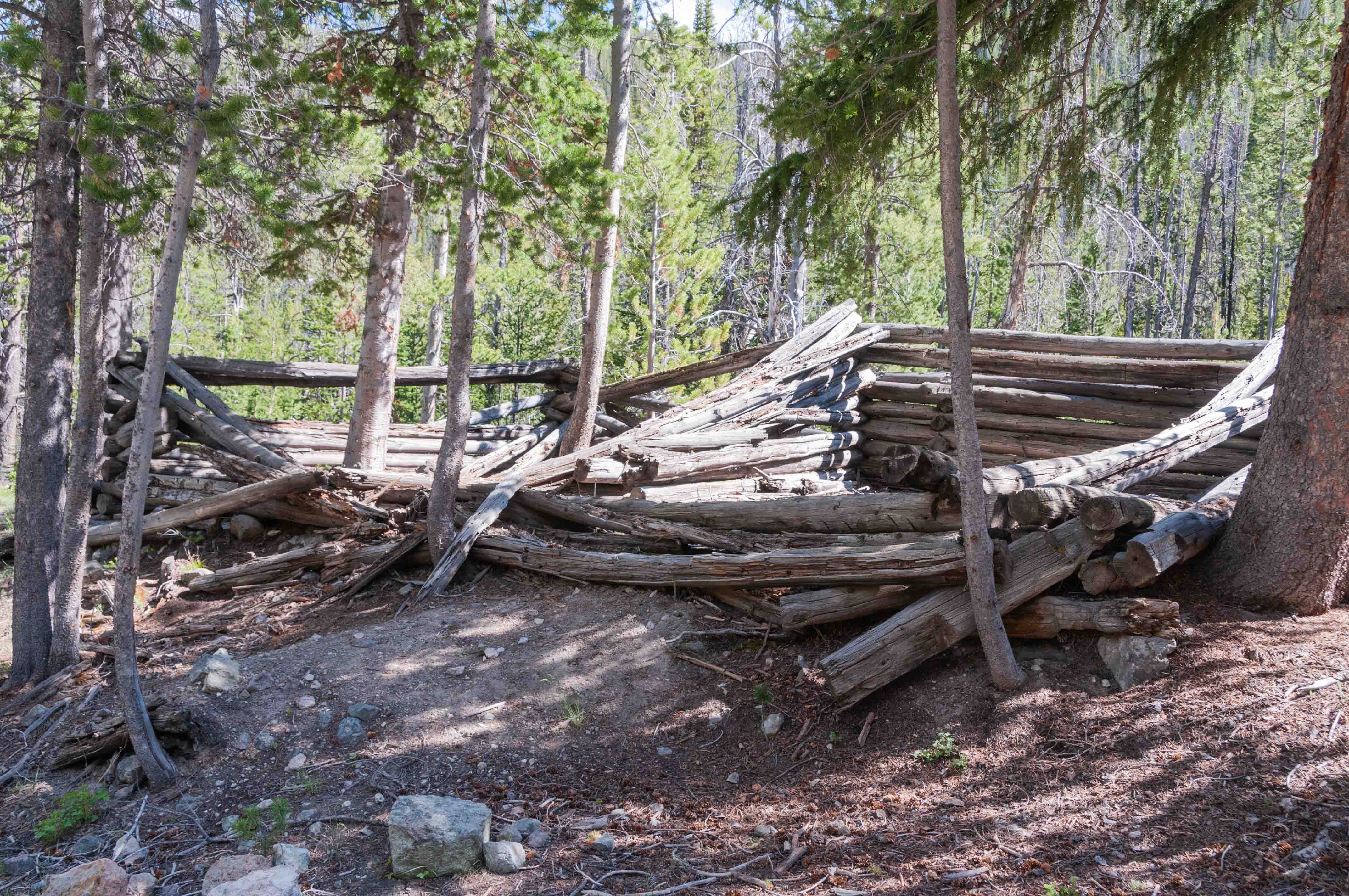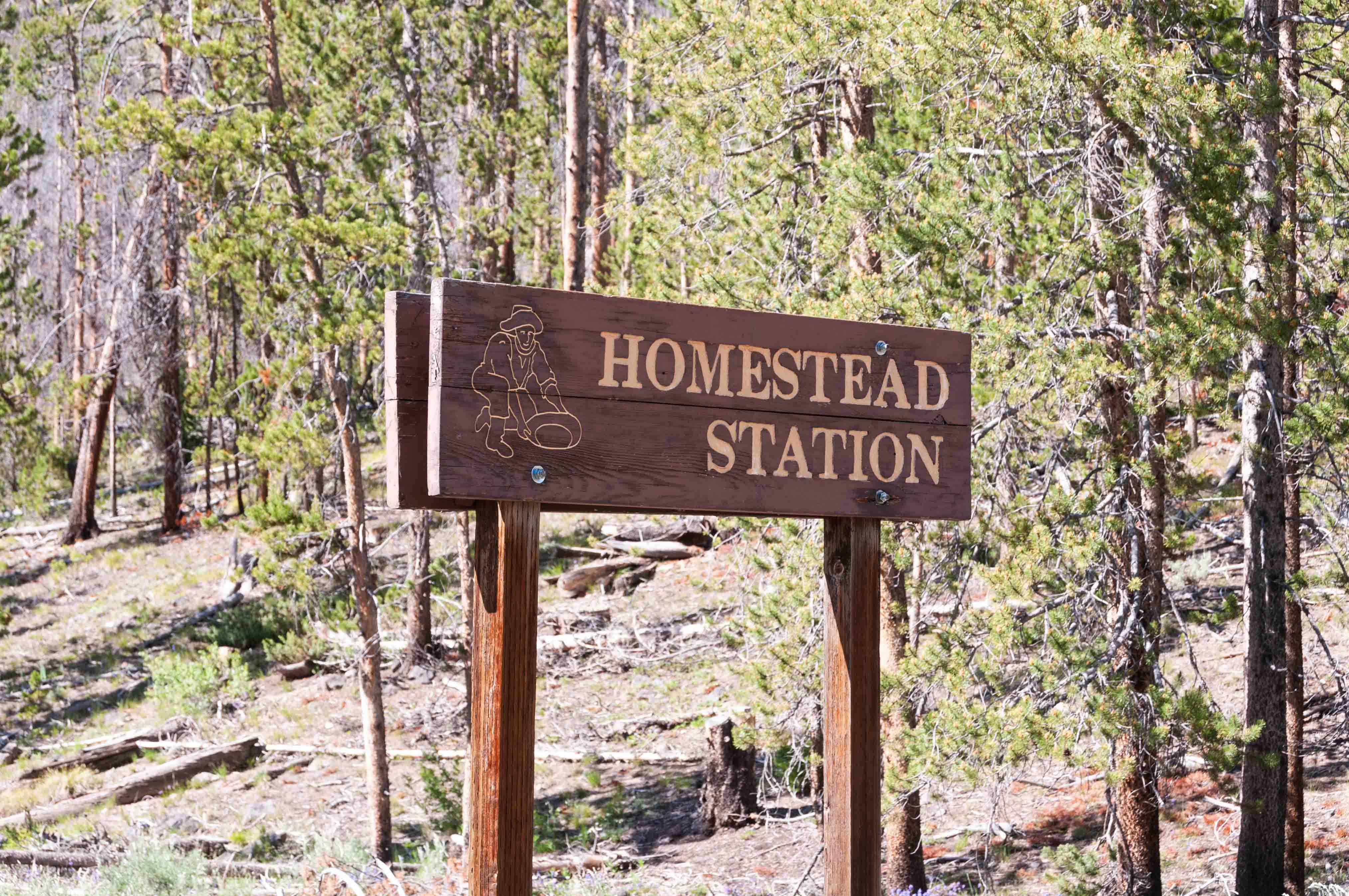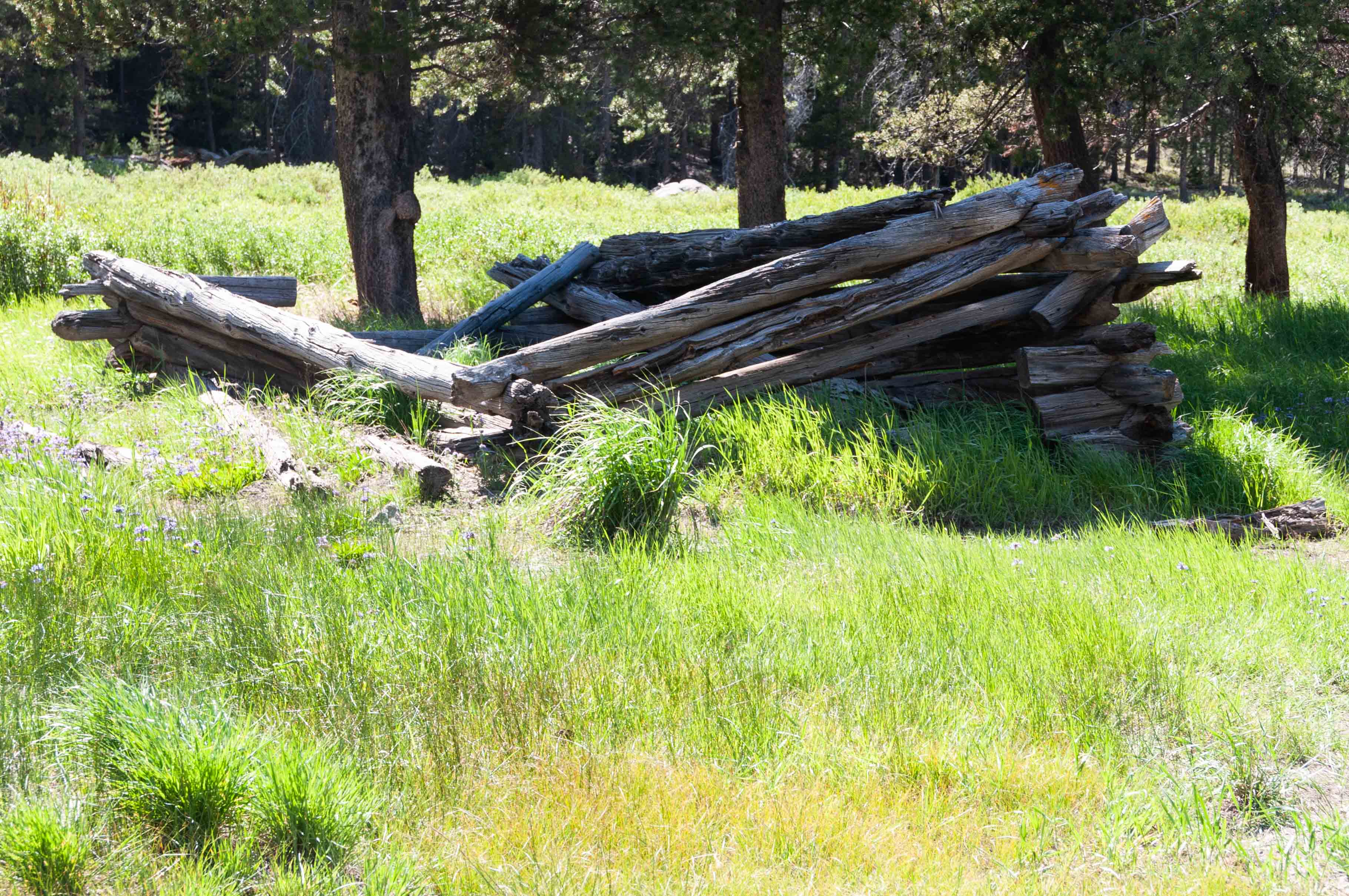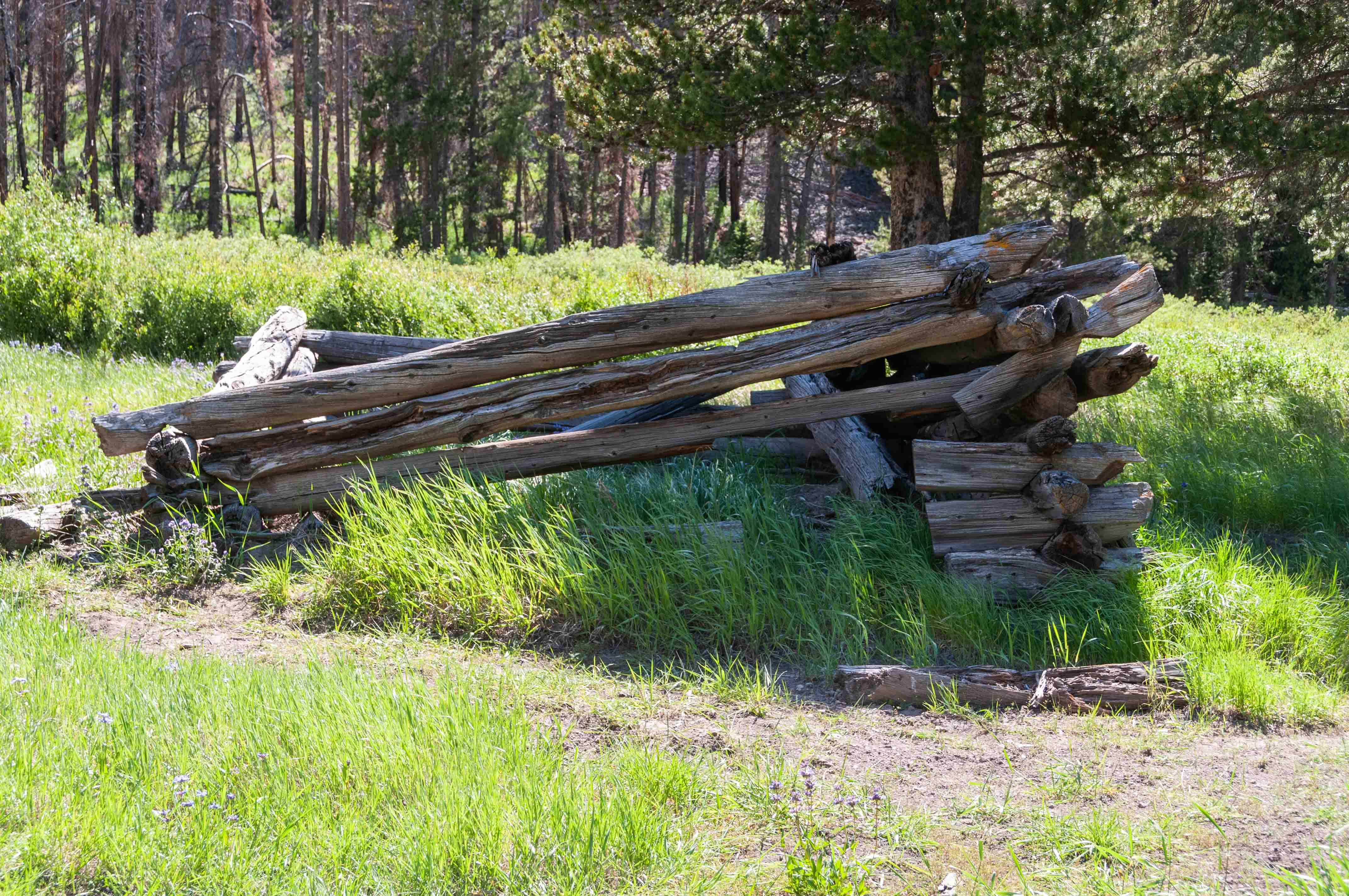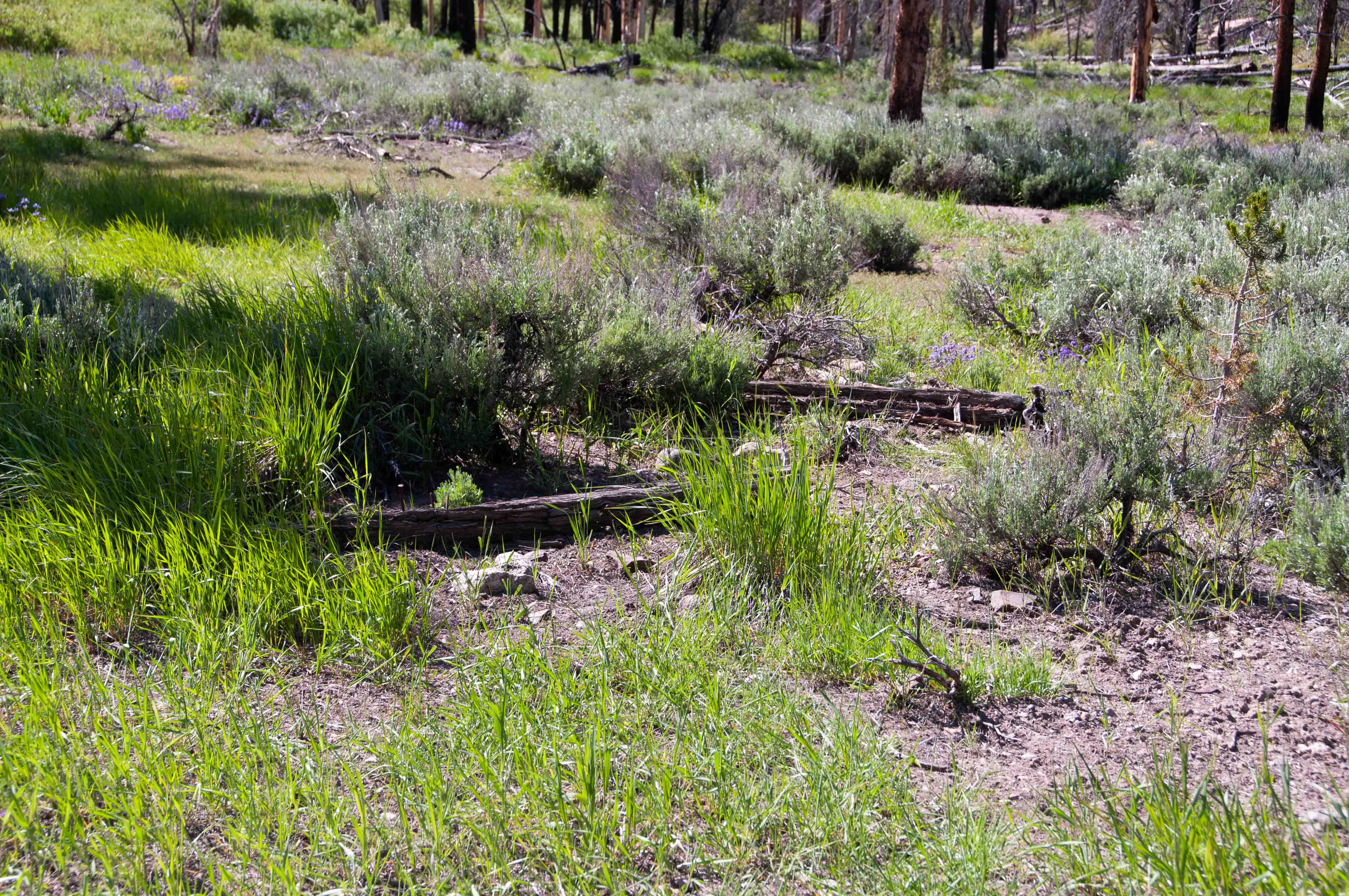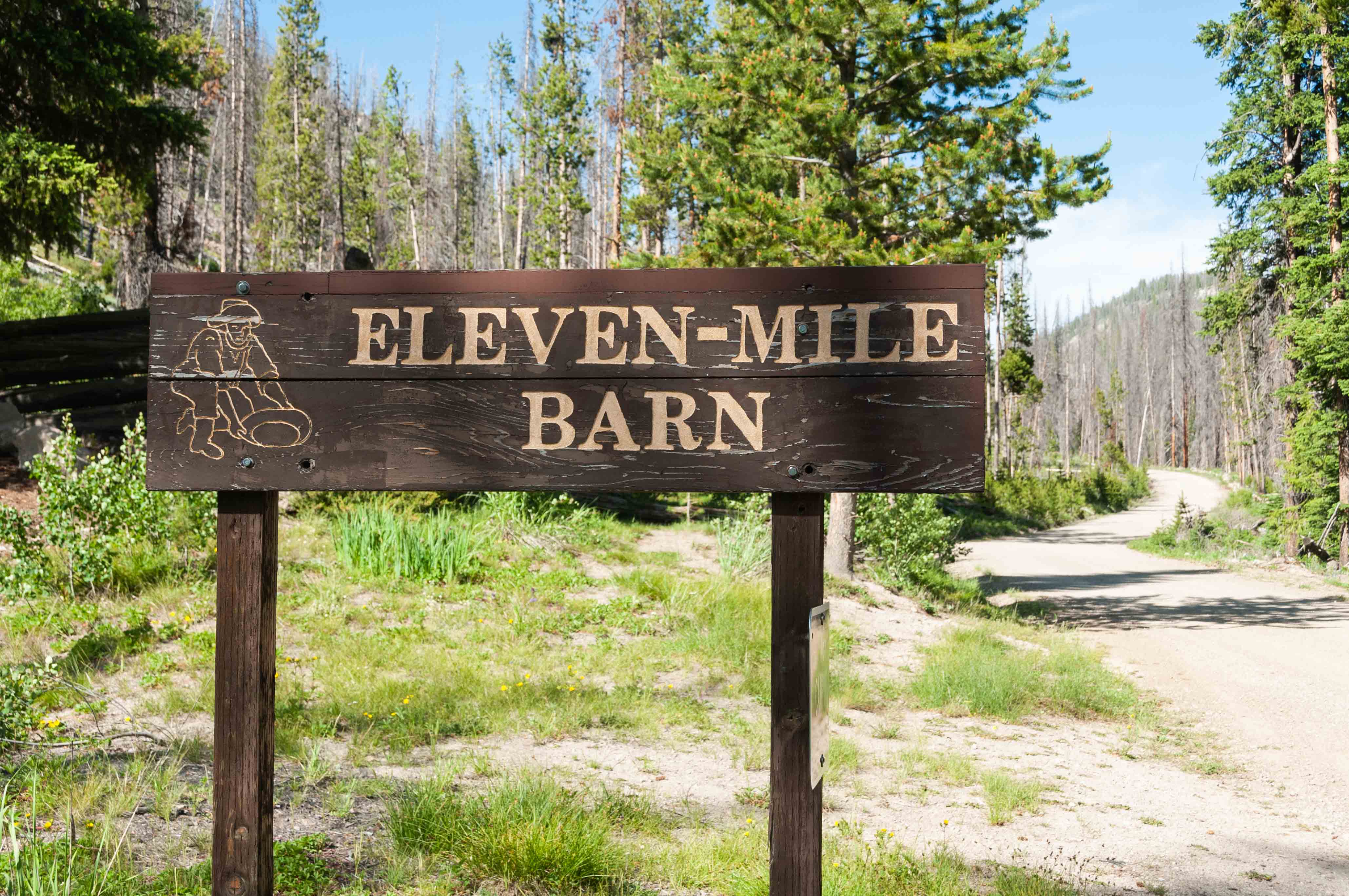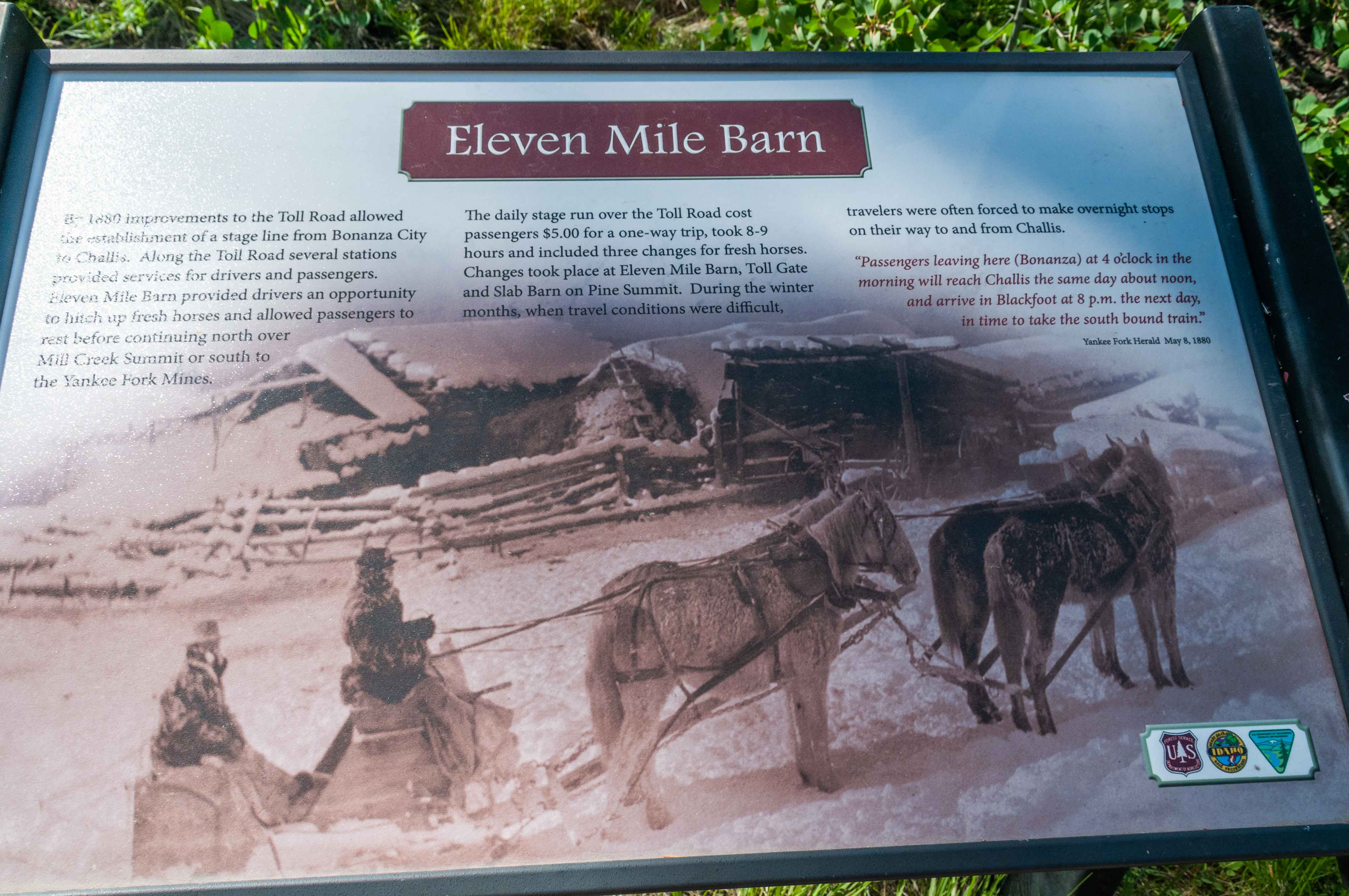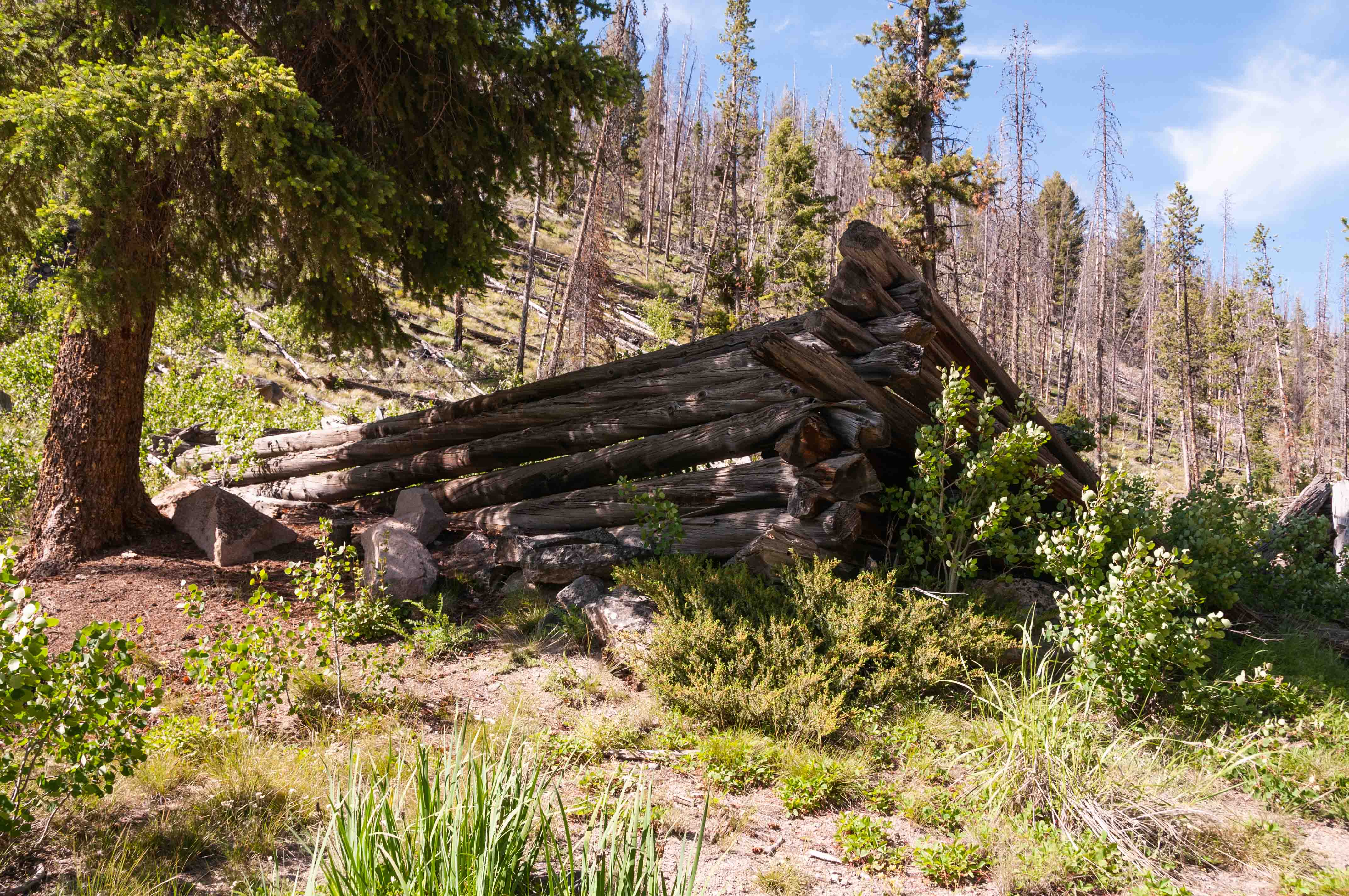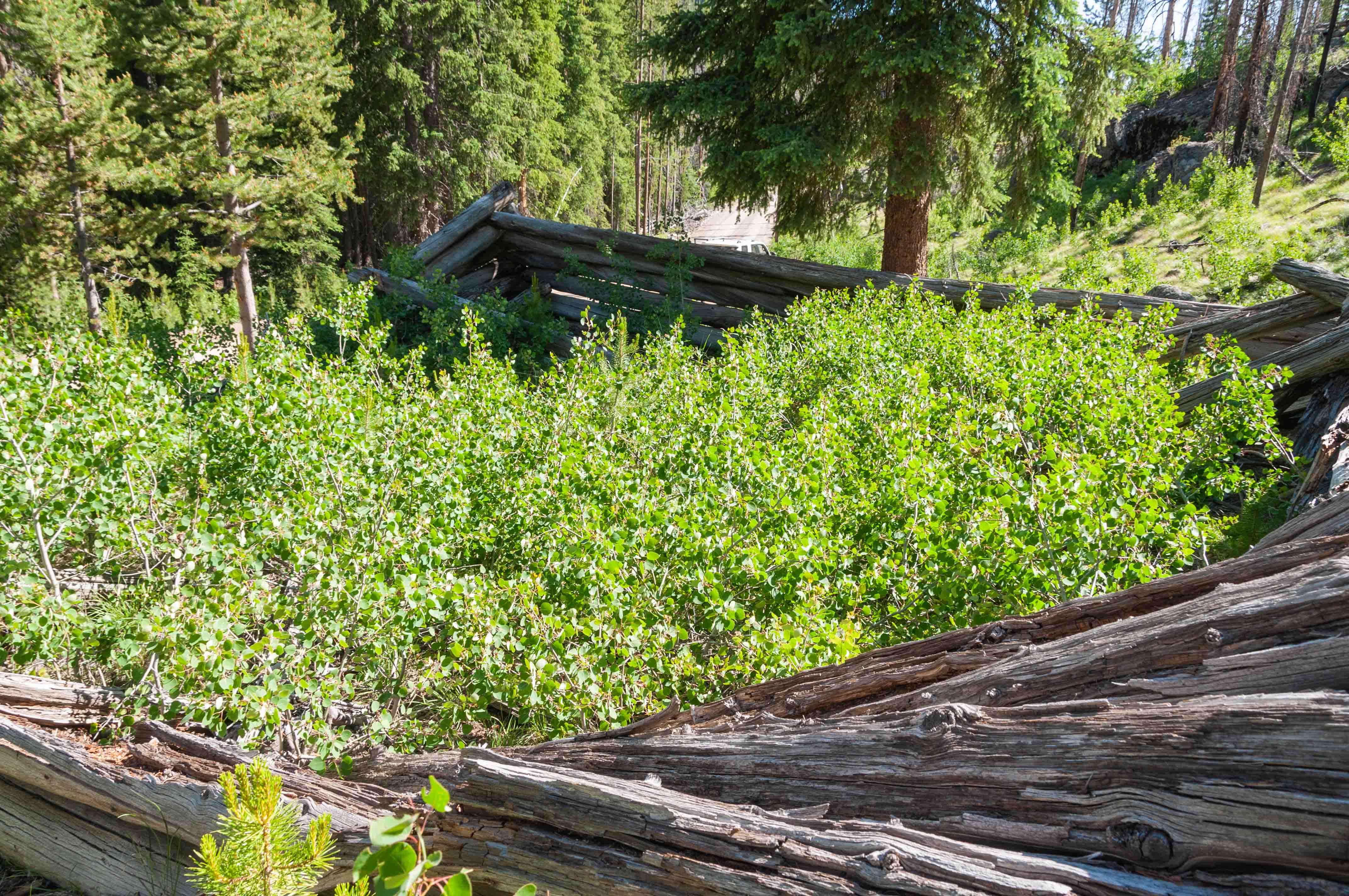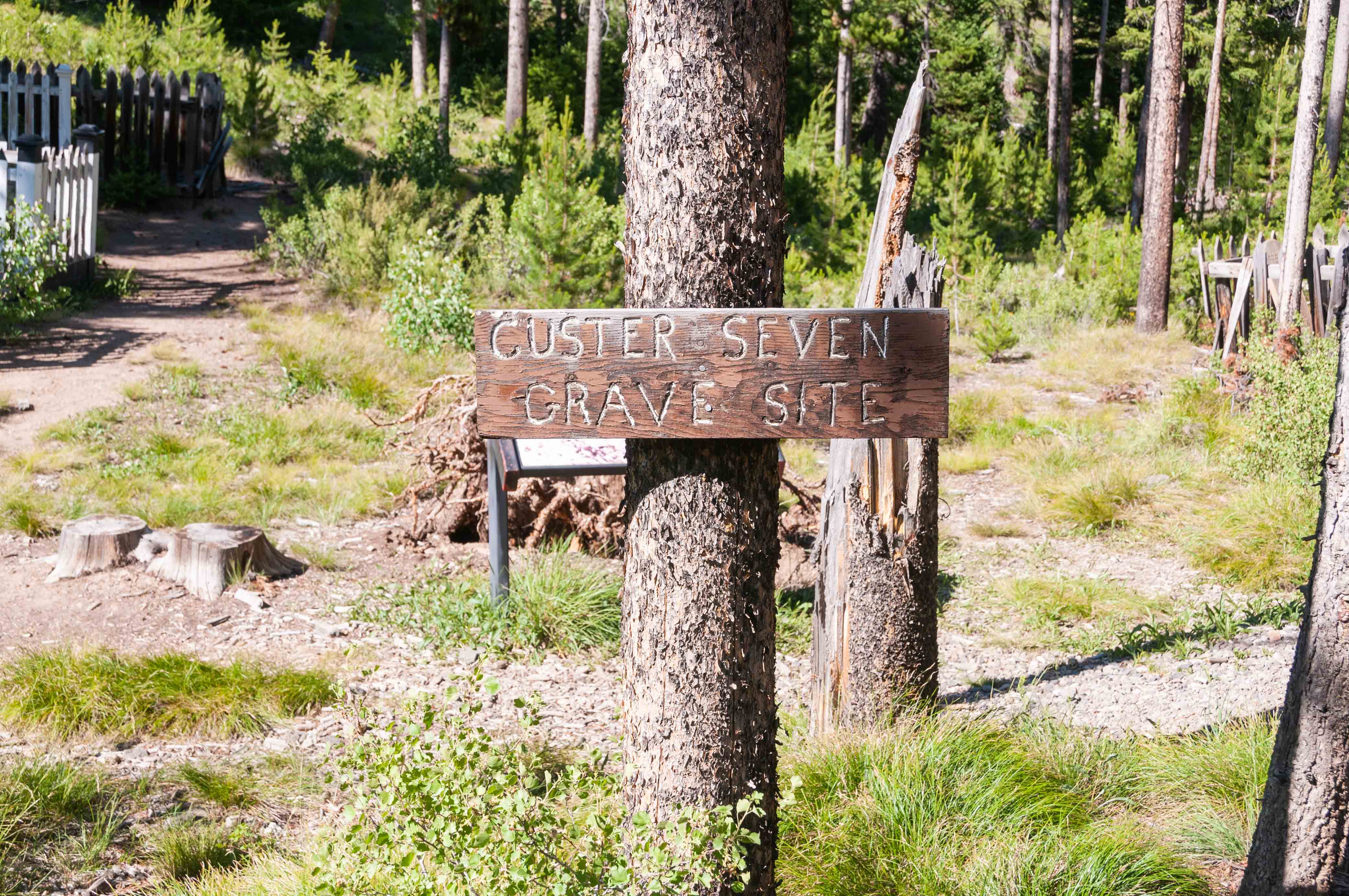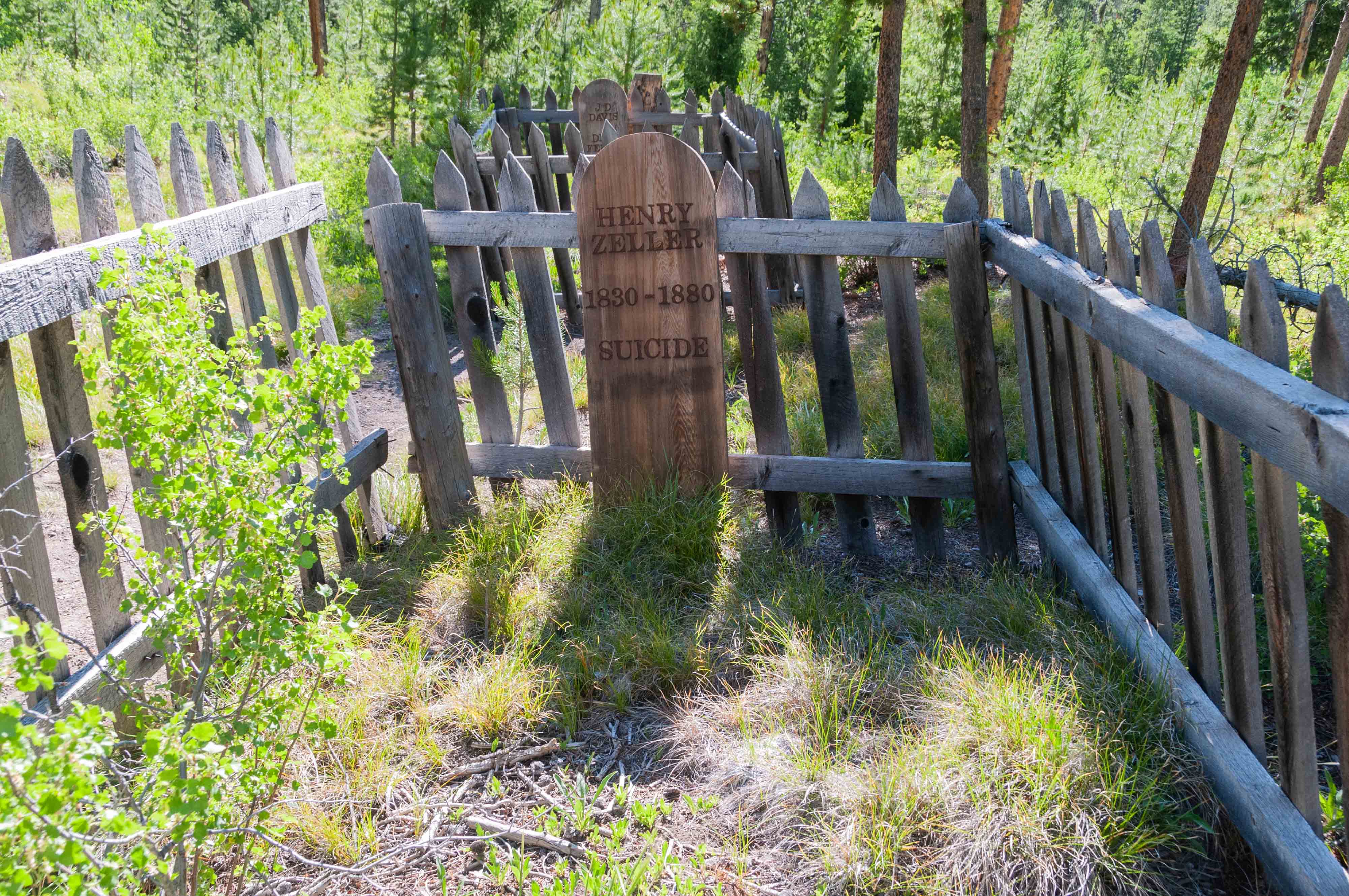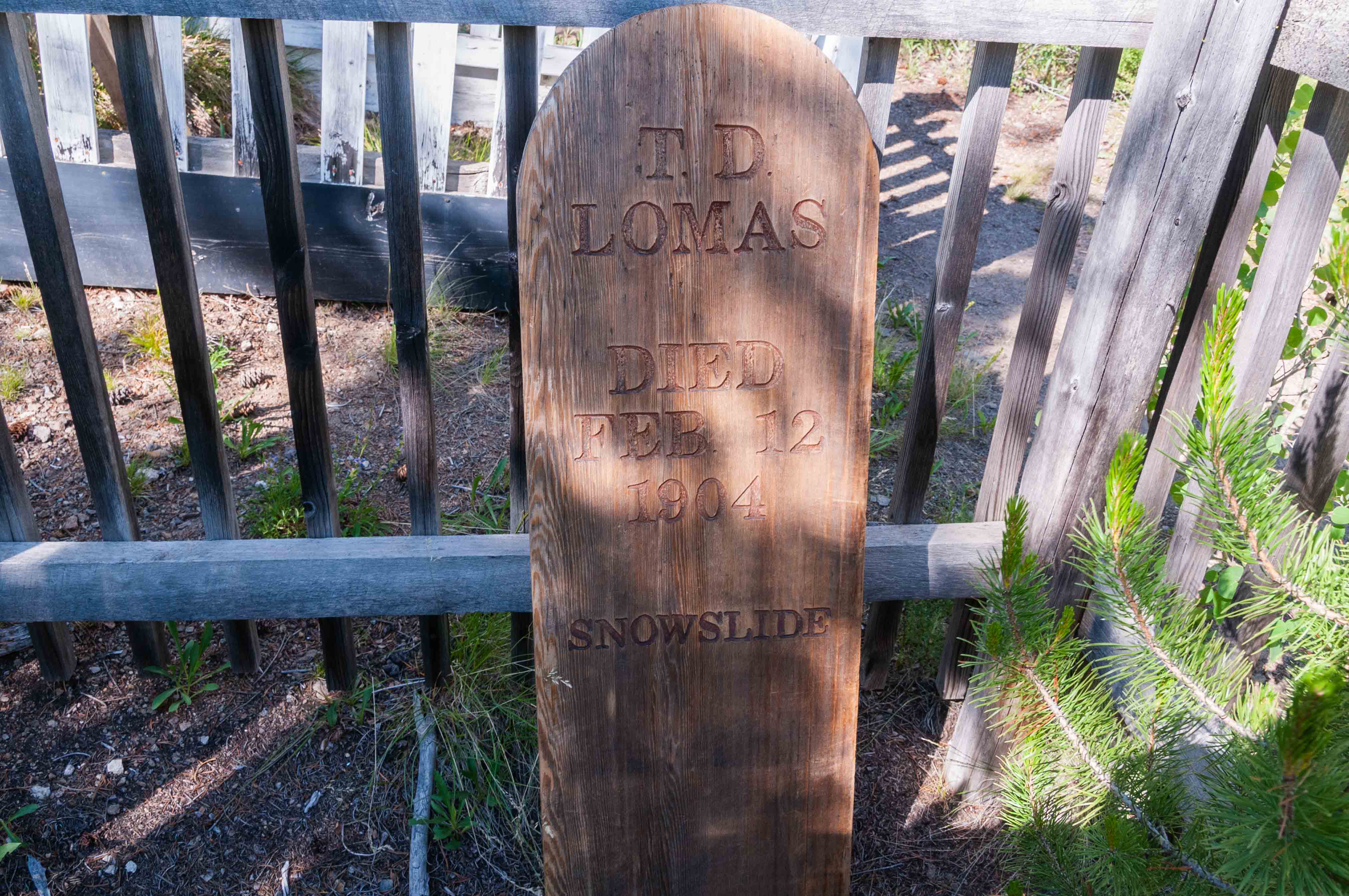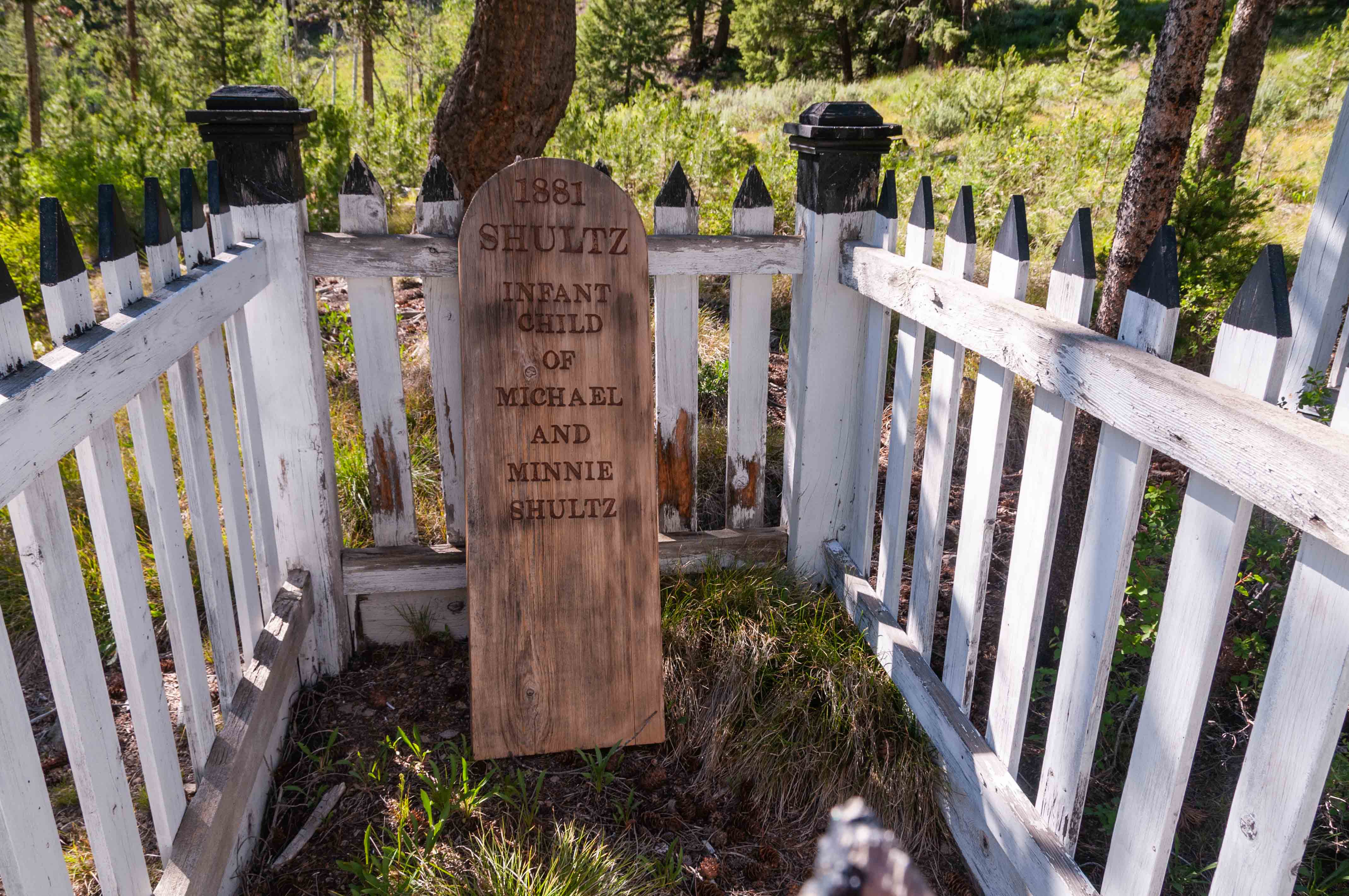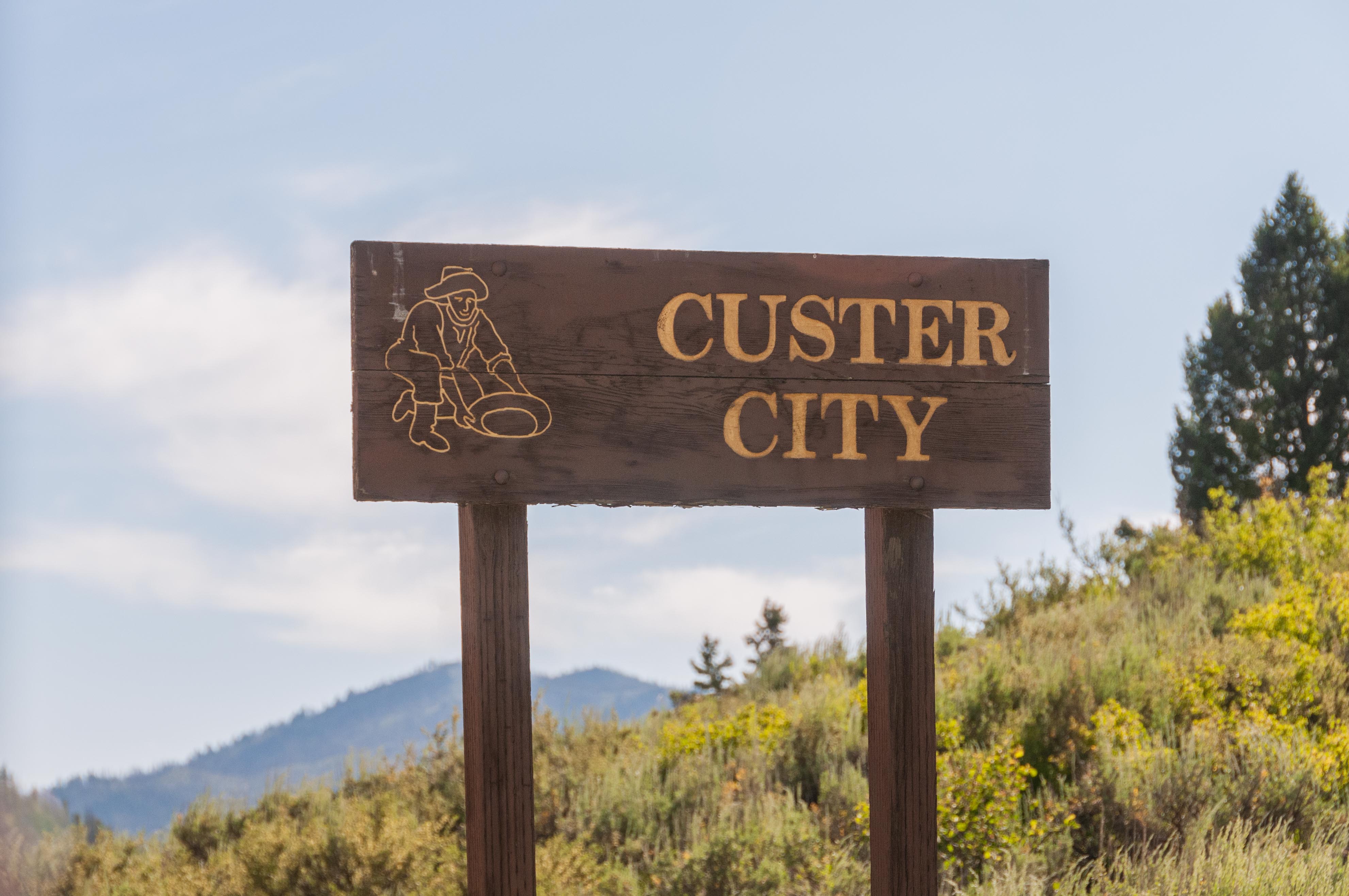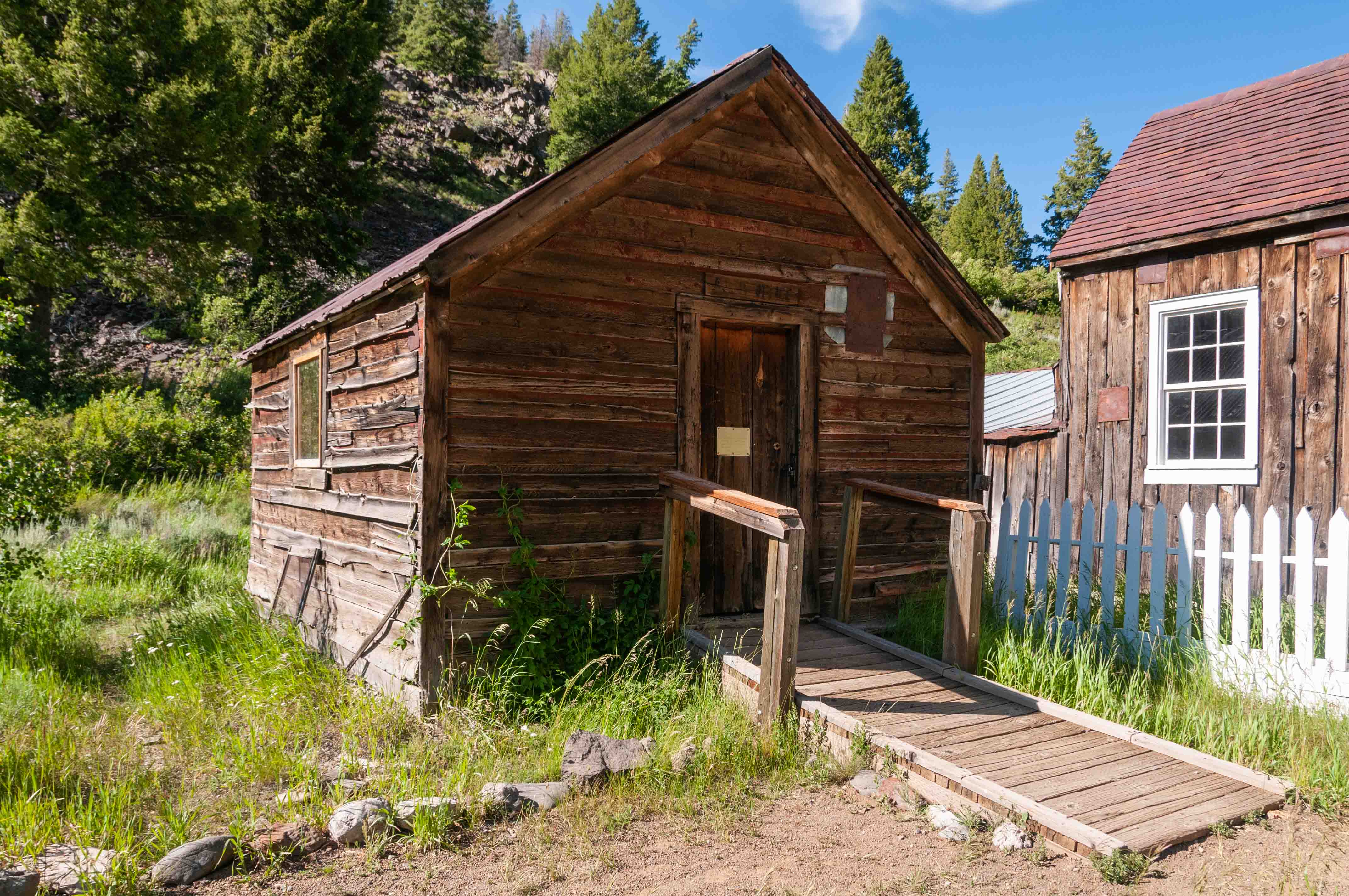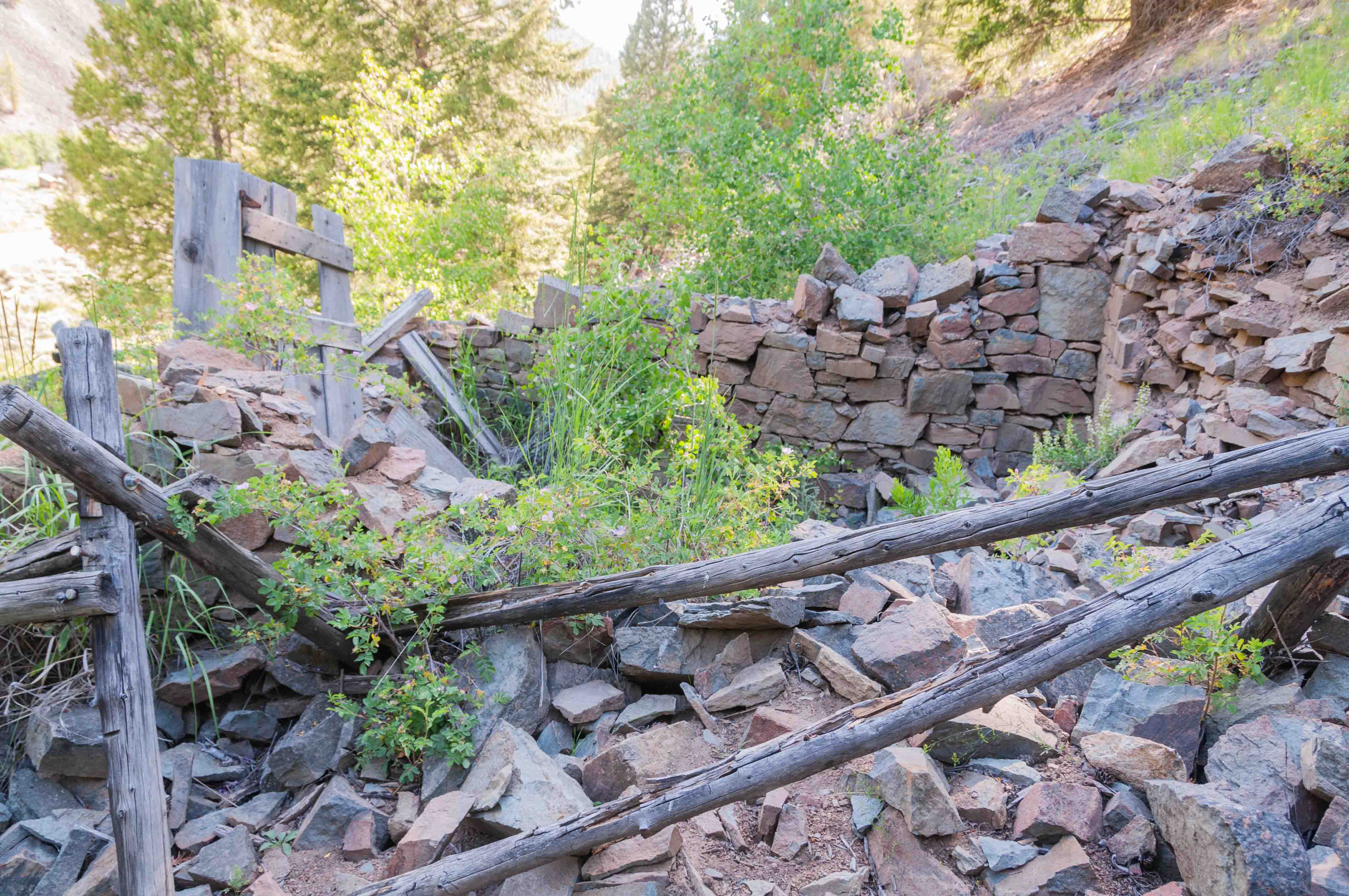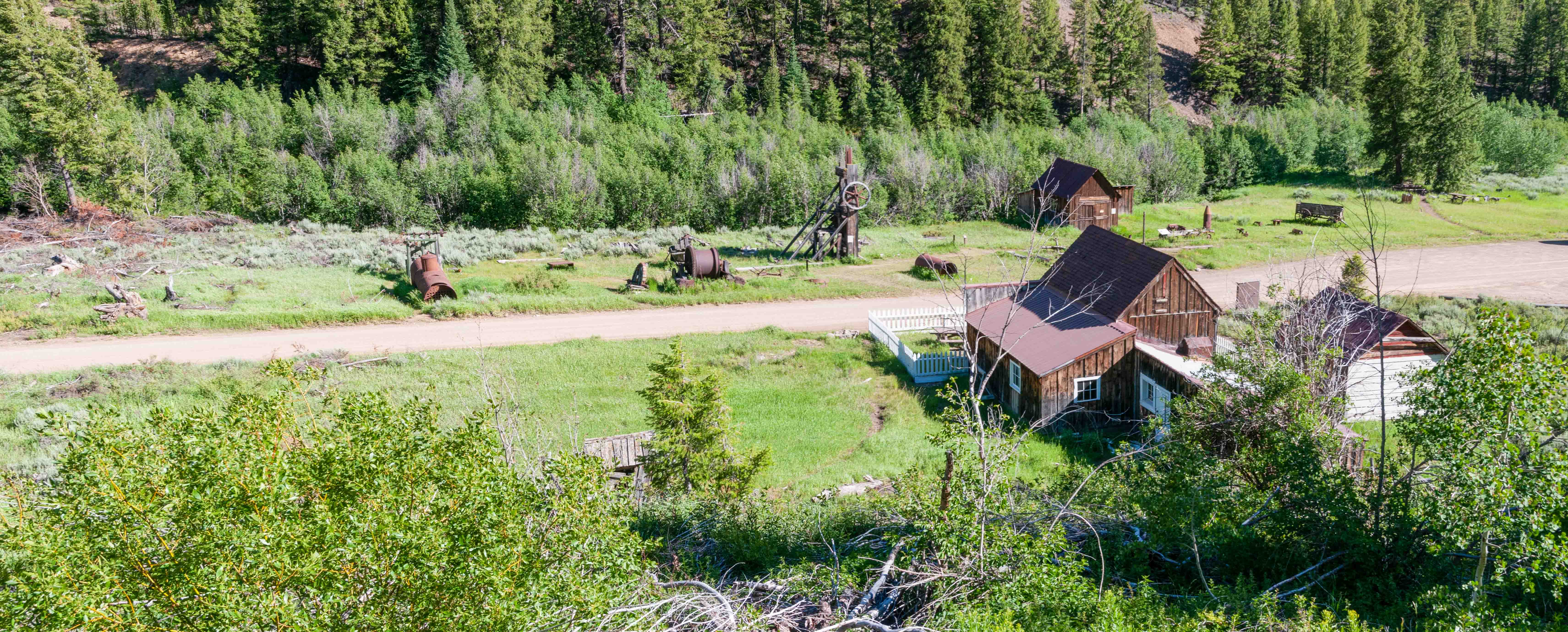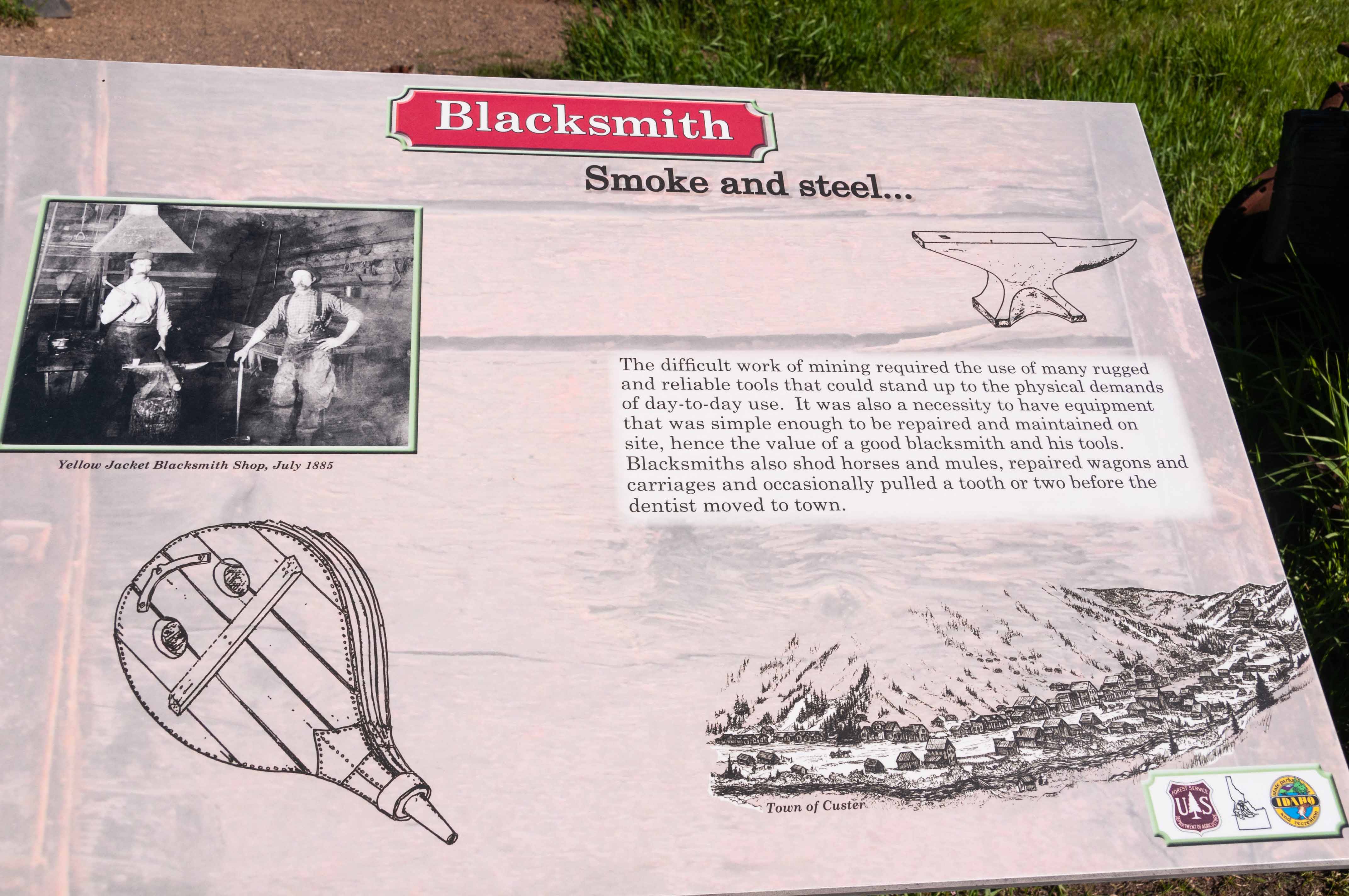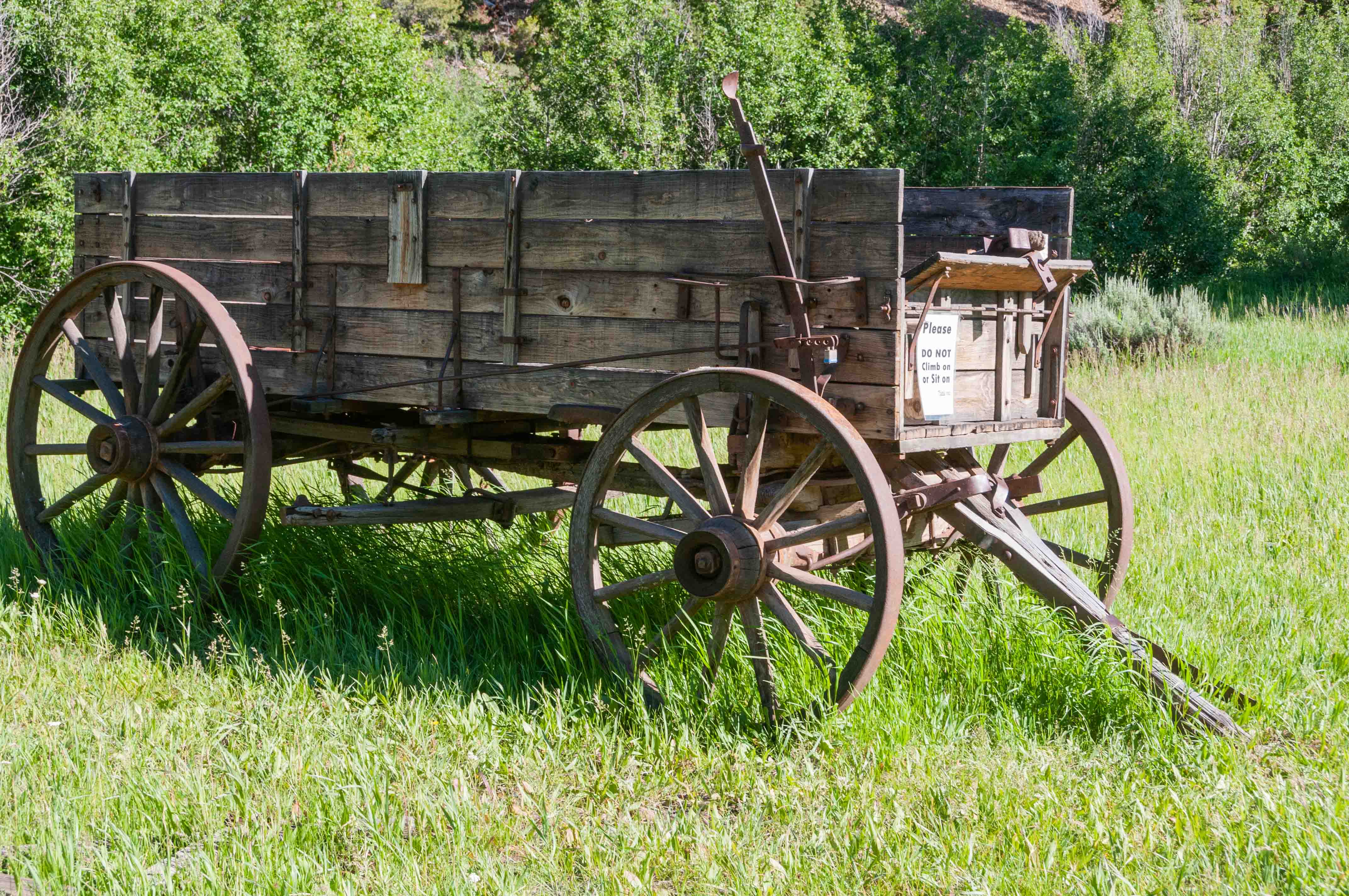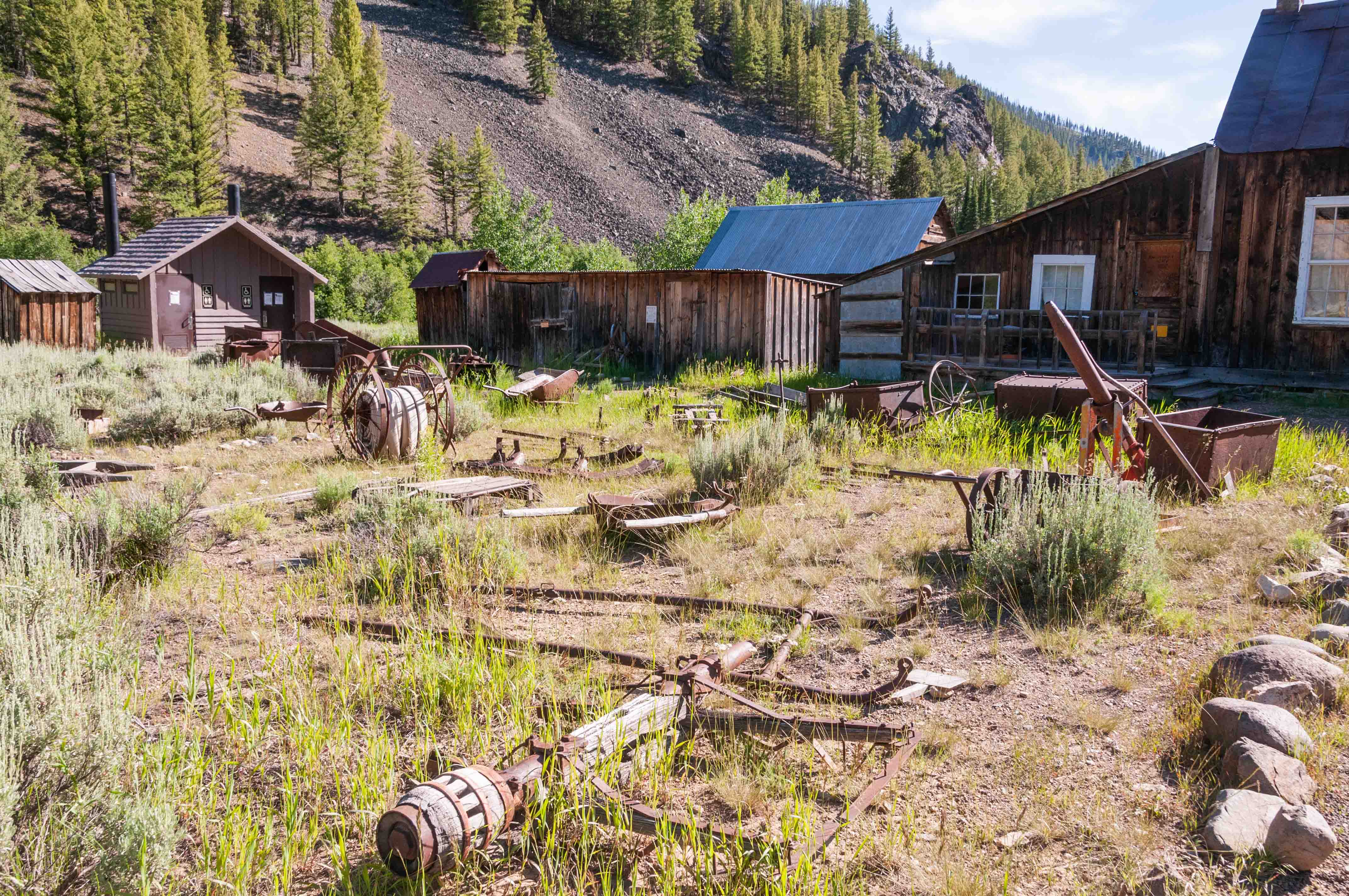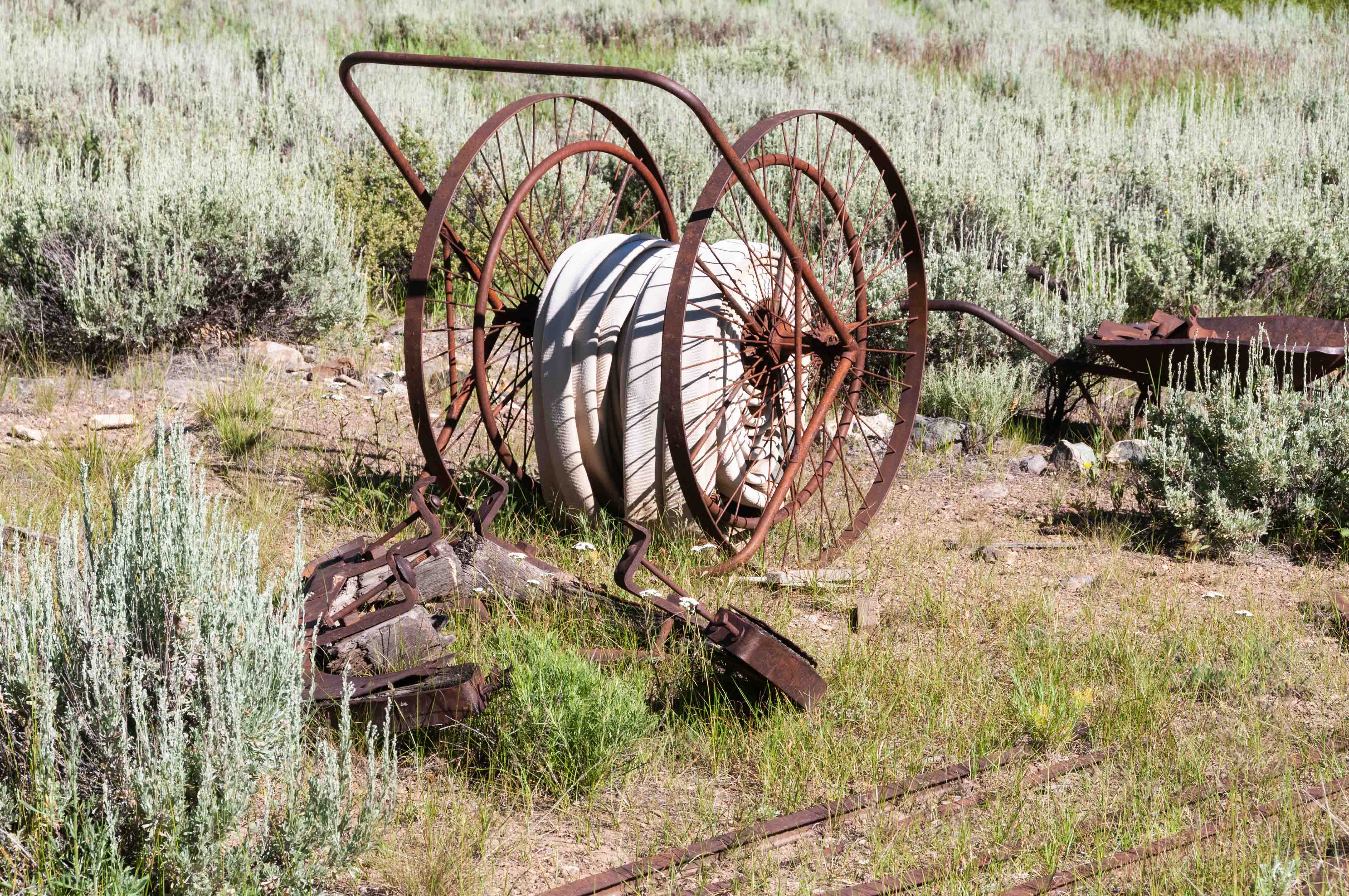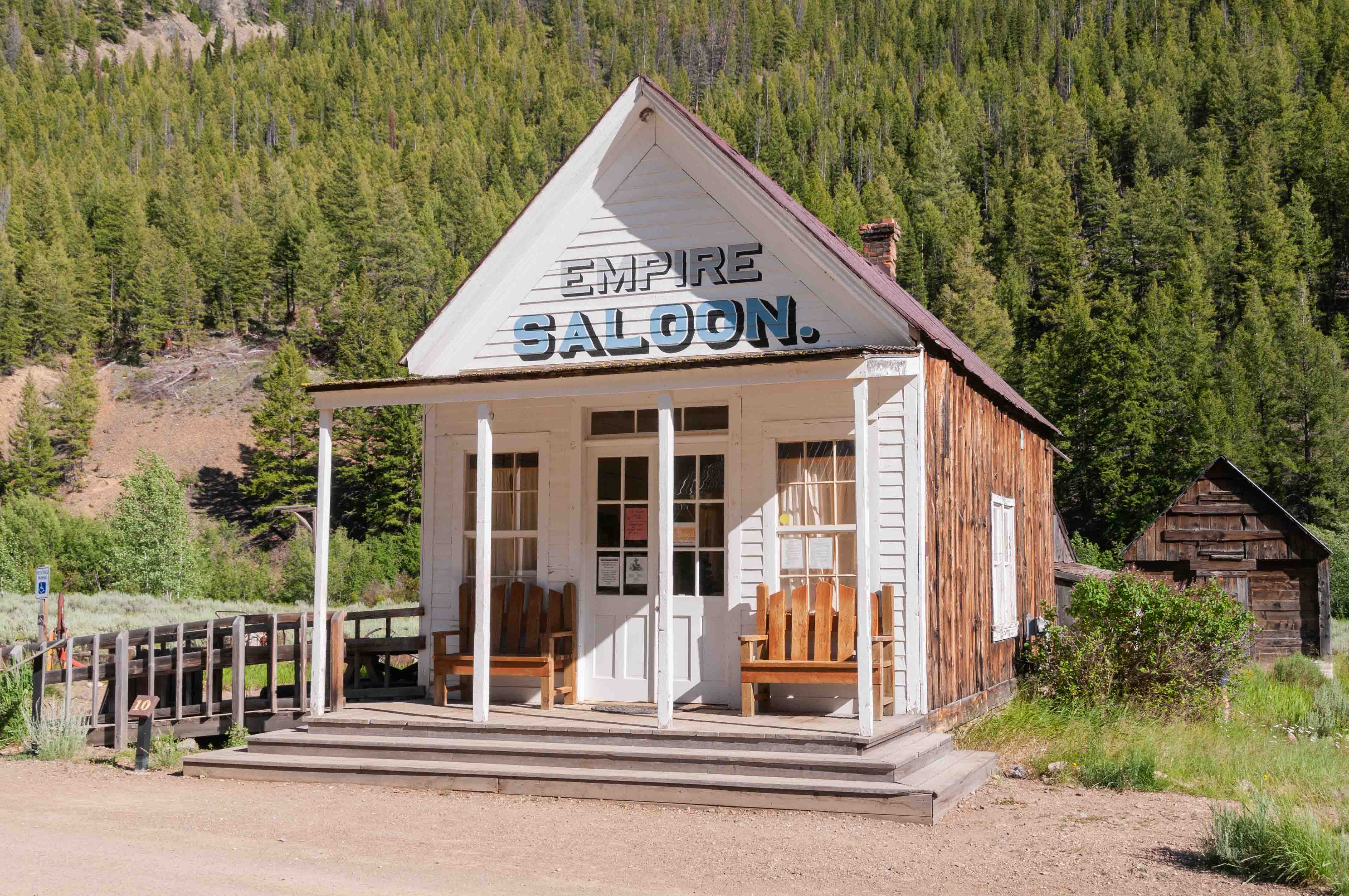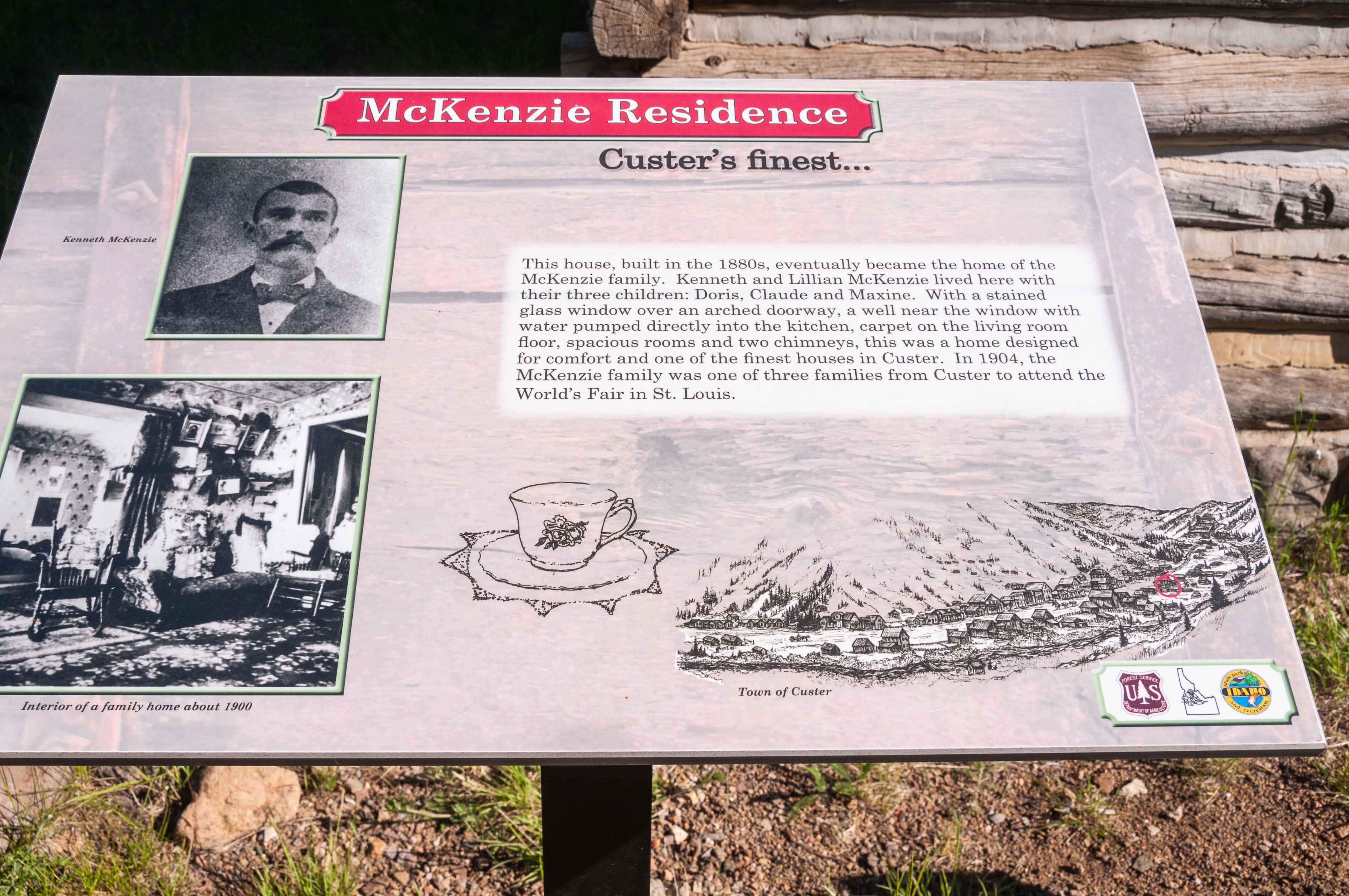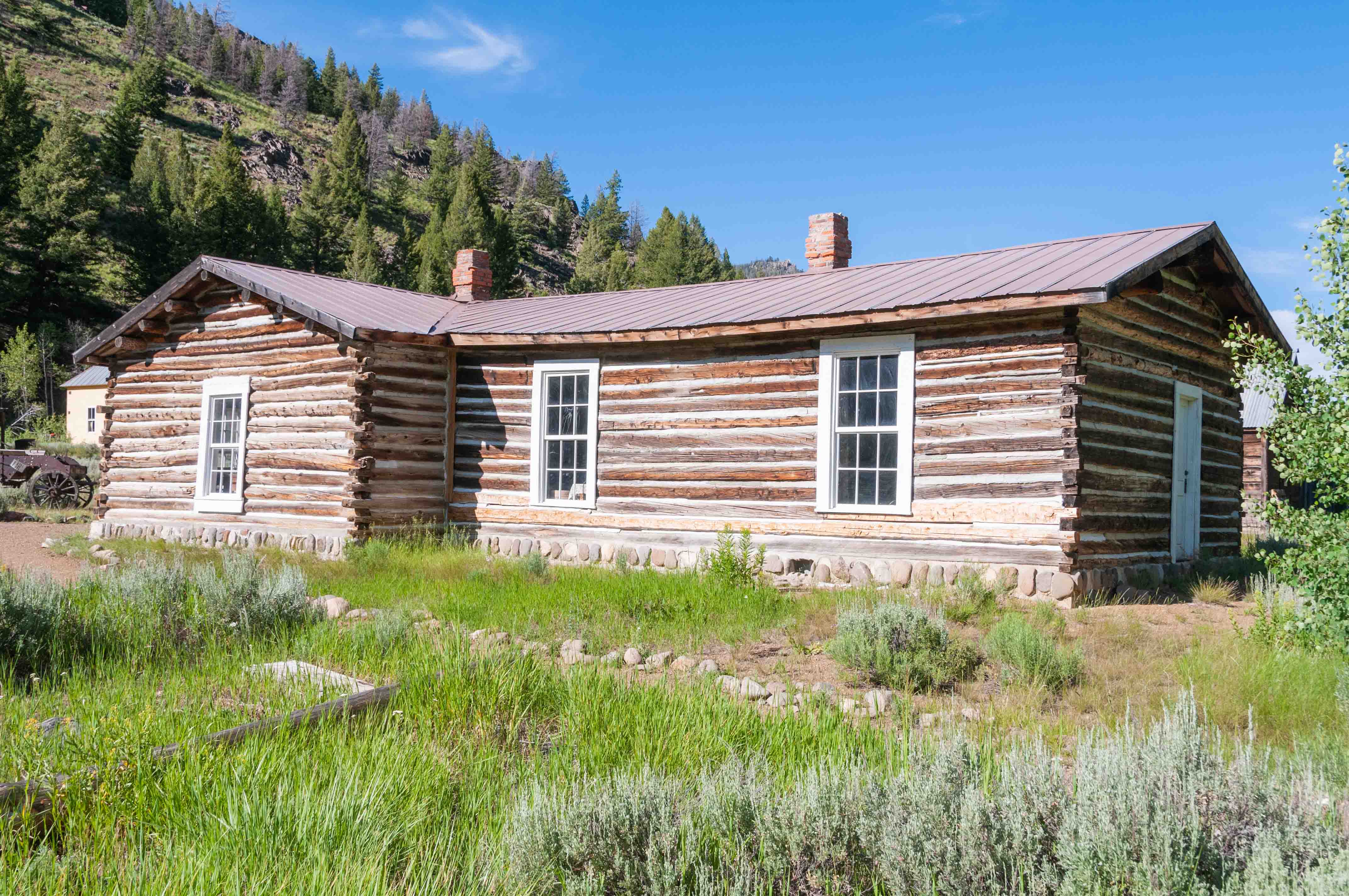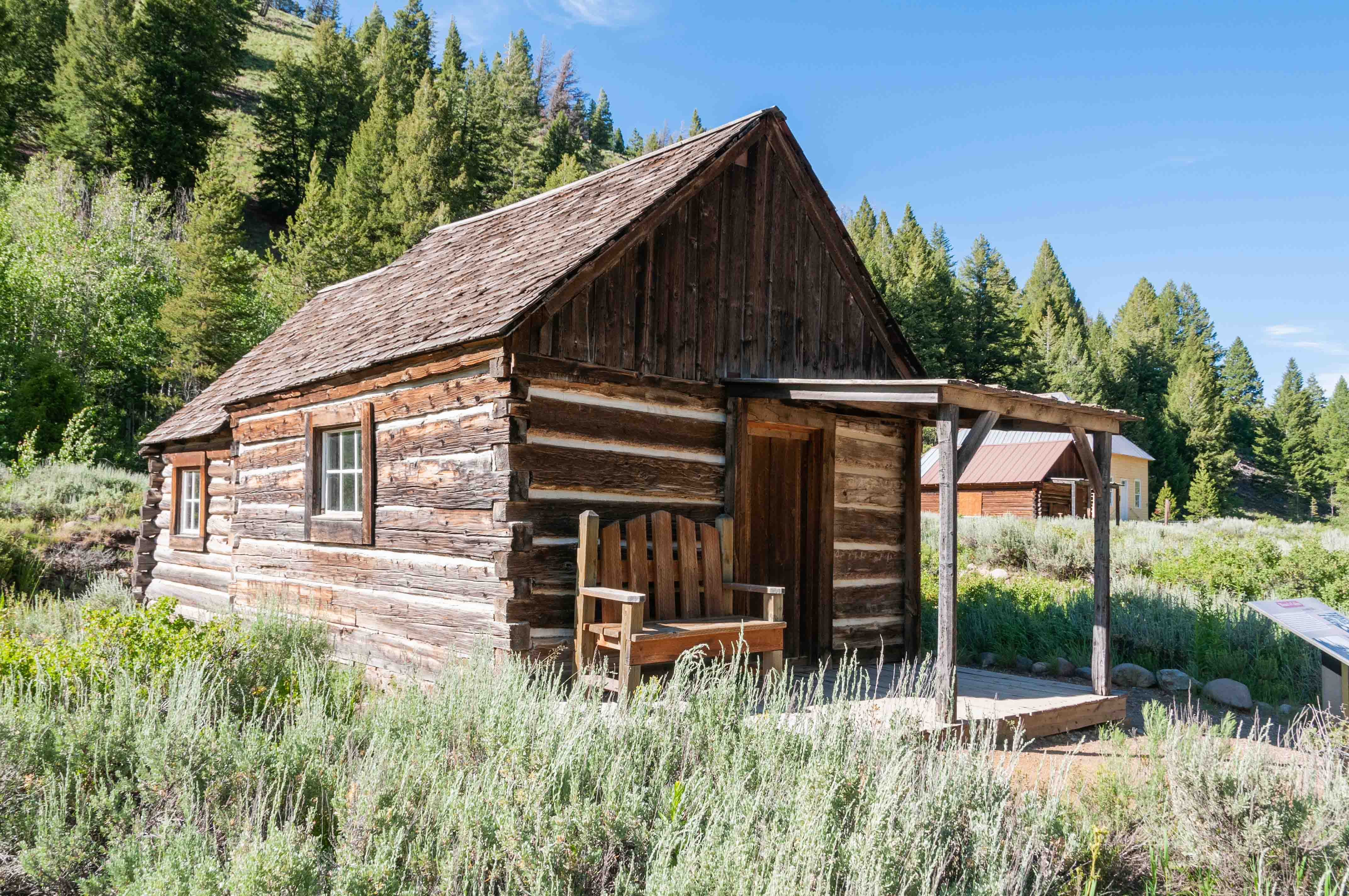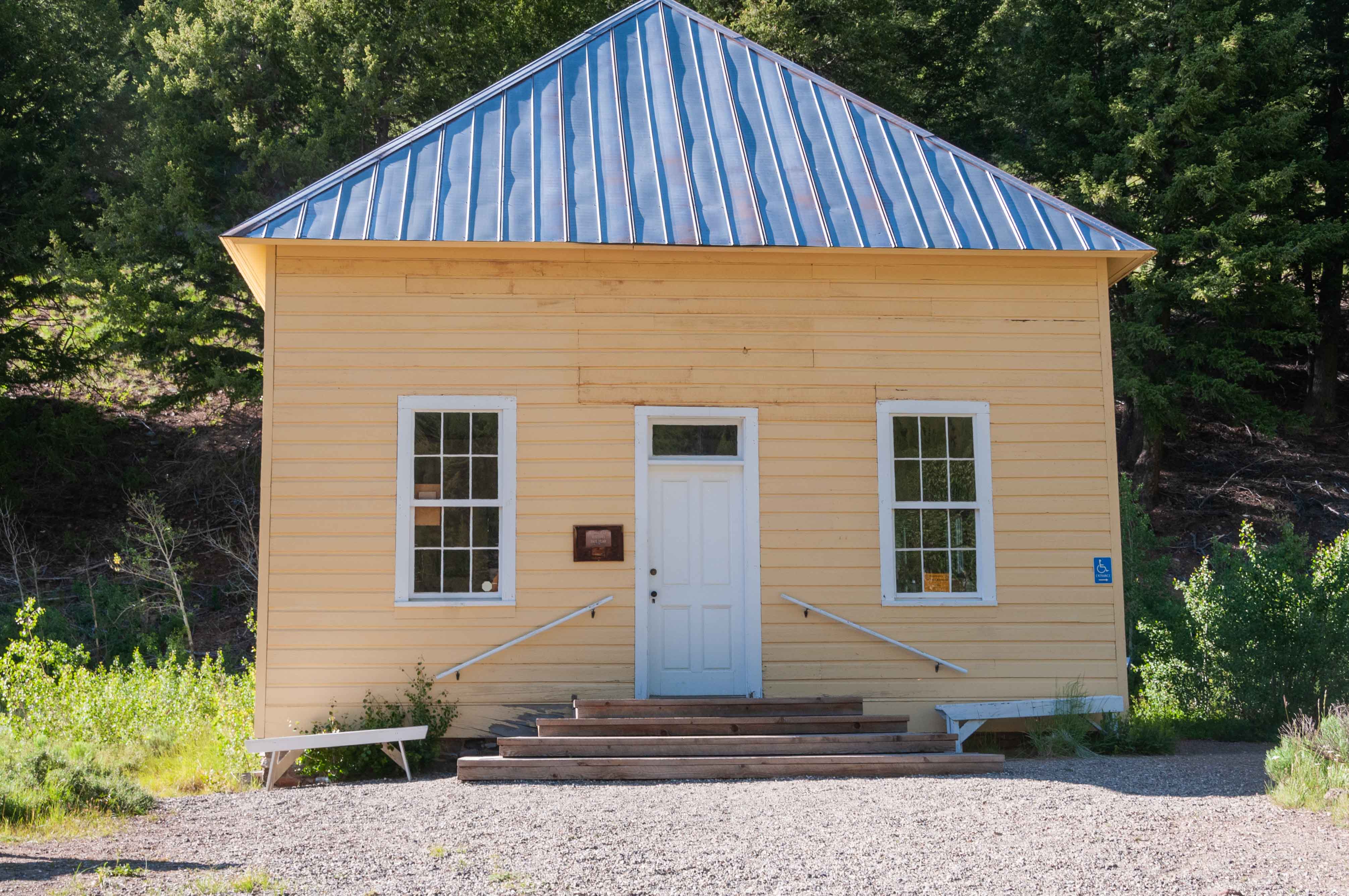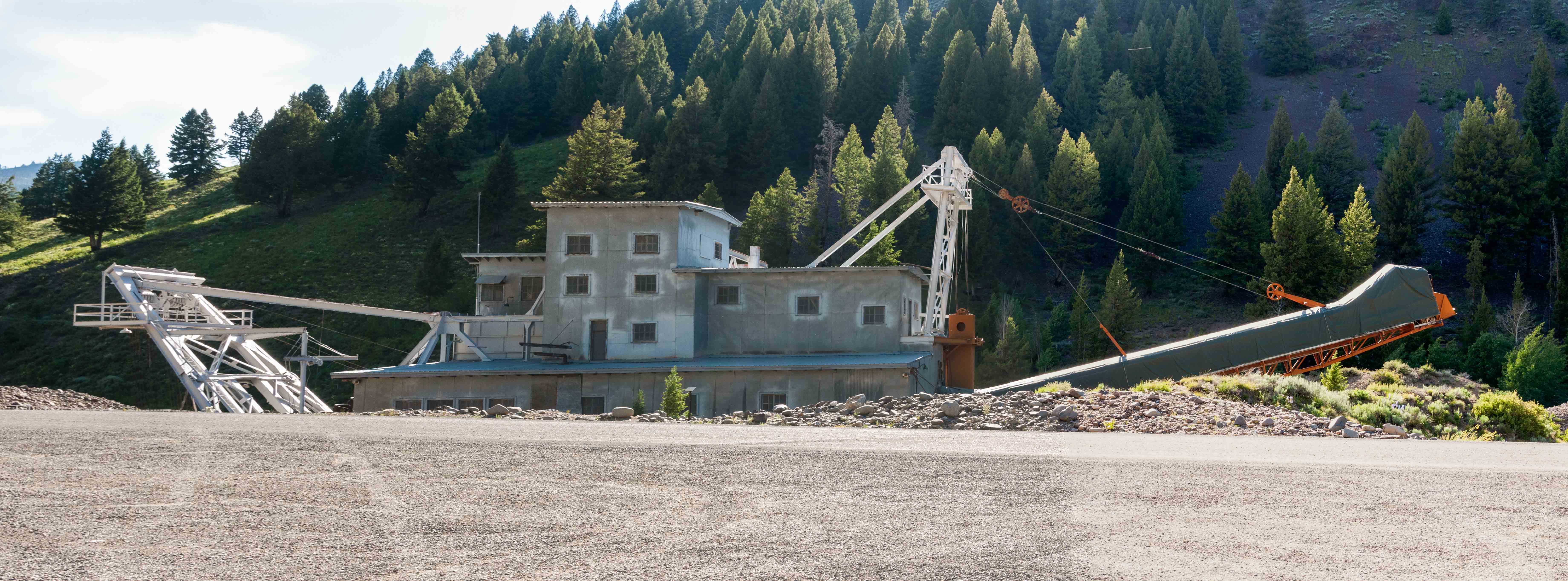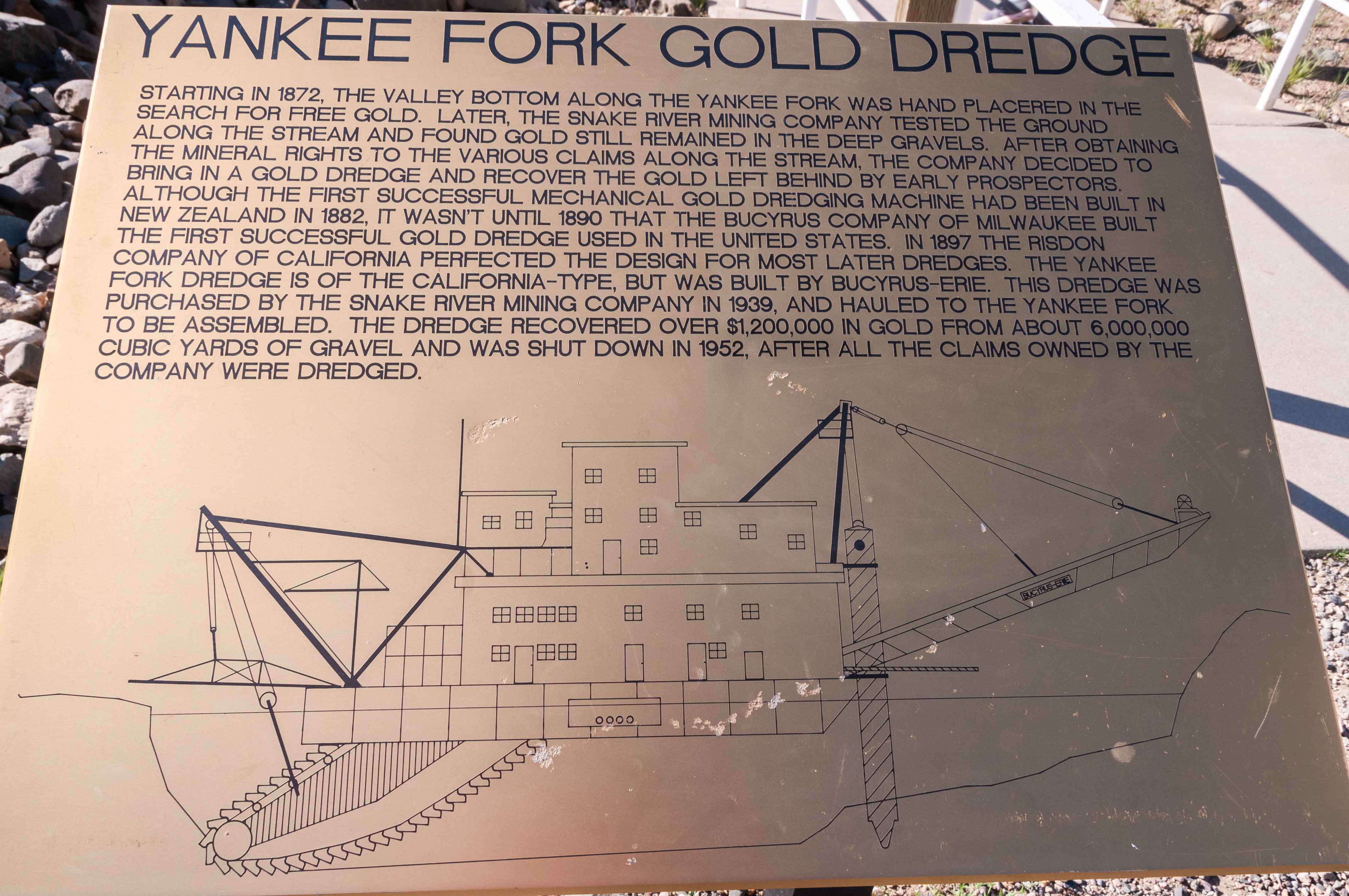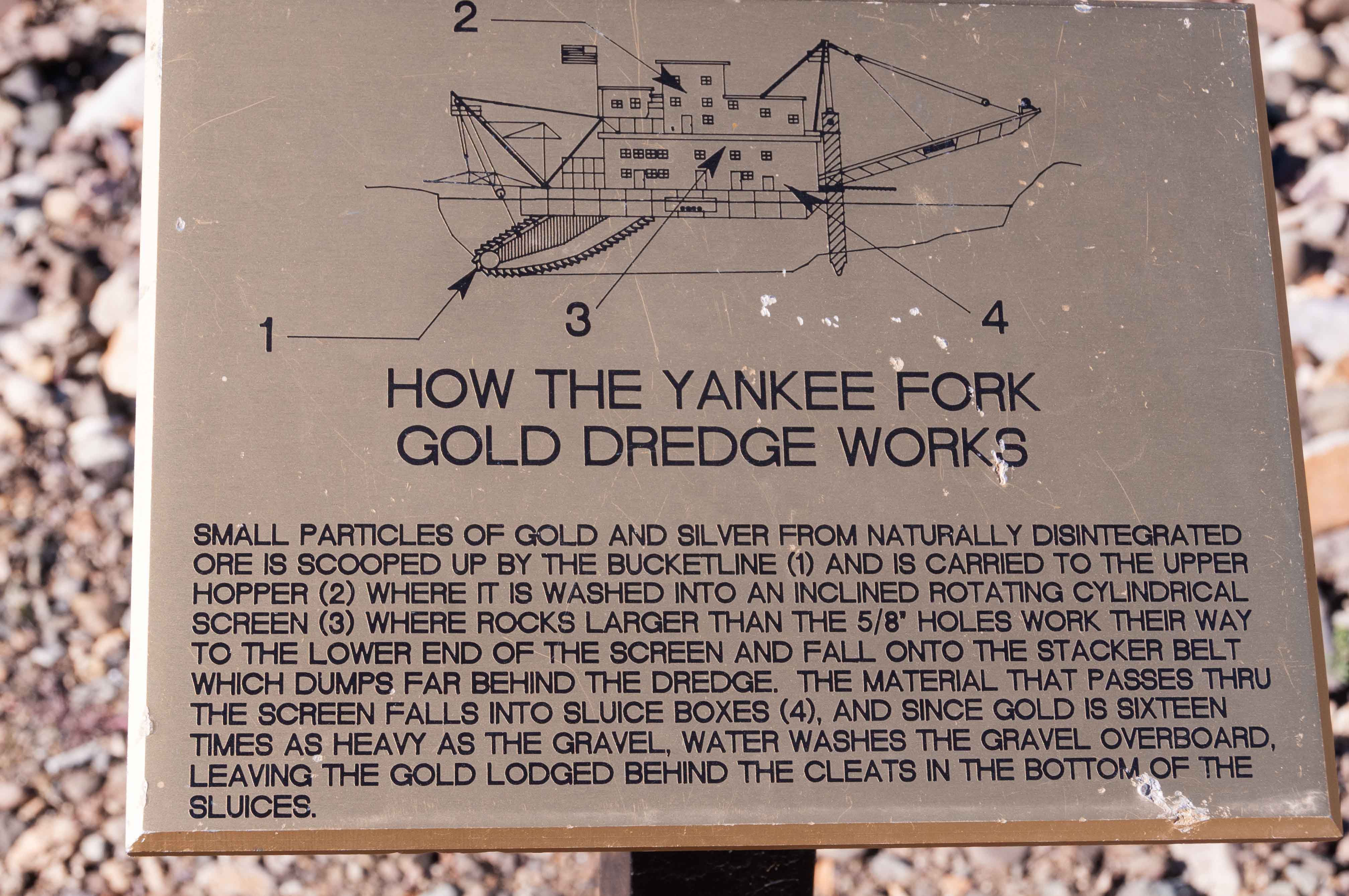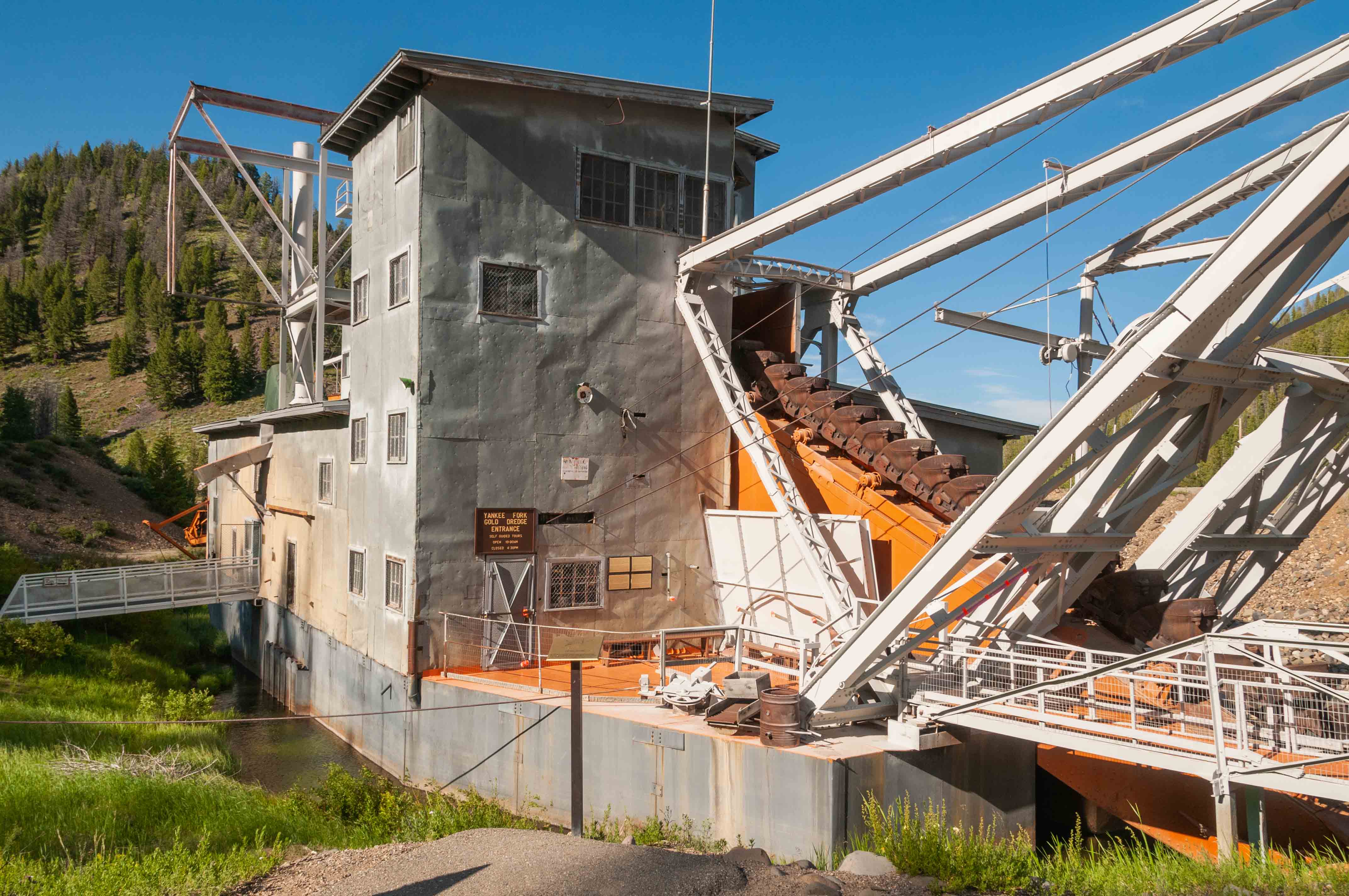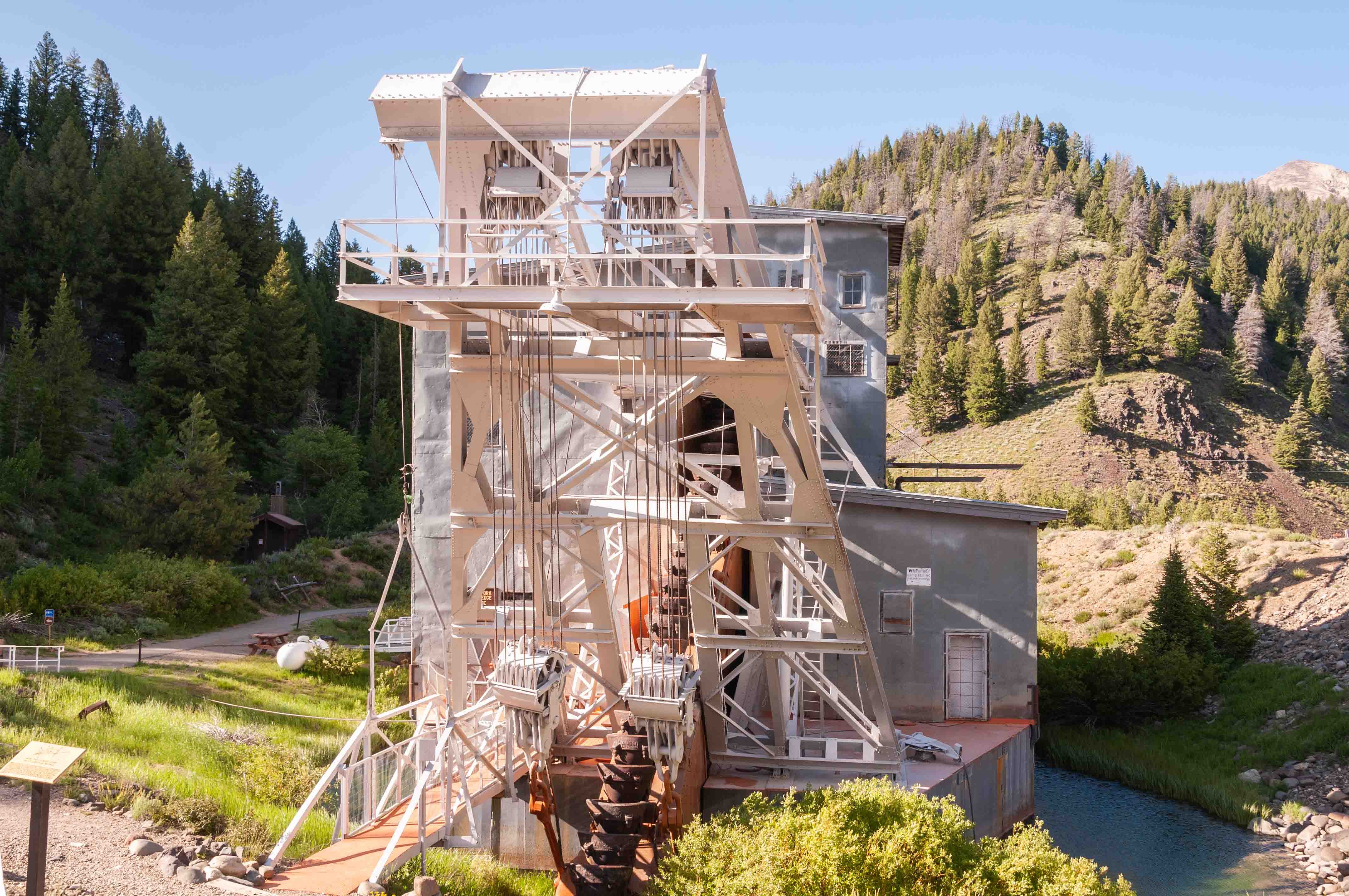Custer Motorway Adventure Road
The title sounds like an amusement park ride, but it's really Forest Road 070.
FR 070 is dirt and gravel, about 25 miles long, and pretty much follows the old toll road from the mining towns of Custer
and Bonanza to the town of Challis. The toll road was used to haul supplies from Challis to the mines along Yankee Fork, and
gold bullion from the mines back to Challis. There were several stations along the road to accomodate travelers during the journey,
as well as barns for the horses and other livestock - kind of like wild west B&Bs. Signs along the Custer Motorway identify many
of these former sites and provide
descriptive information.
The Custer Motorway can be accesssed either from Challis on US Hwy 93, or from Sunbeam on ID State Hwy 75. I chose
to drive the Motorway from Challis for a couple of reasons. First, a visit to the Interpretive Center at the Land of the
Yankee Fork State Park just a few miles south of Challis is an absolute must before driving the Motorway. The
Center has a wealth of information on the Yankee Fork mining district (check out my photoessay, Land of the Yankee Fork State Park).
Second, the stops in the Idaho Parks and Recreation brochure are numbered starting from Challis. I'm all for starting at #1
and working forward rather than #17 and working backward. Seriously though, it really doesn't make
much difference which end you start from, but I recommend a high clearance, 4-wheel drive vehicle.
The numbers in the following sections correspond to the numbers on the map below.
I visited most of the stops on the map. The only ones I'm sorry I missed were Bonanza City (#15) and Bonanza Cemetery (#16).
Descriptions for each section were taken from the Custer Motorway Adventure Road brochure. Addditonal background information was obtained
from Idaho Parks and Recreation and National Forest Service source material.
3. Corkscrew Grade
Corkscrew Grade was a steep grade that wagons leaving Challis had to climb. Extra teams
were added to the wagons for the hard pull up the grade. Horses/Mules were changed
at Slab Barn near a small lake, now called Slab Barn Lake.
4. Greenwood Station
Fannie Clark offered "comfortable accommodations and a choice menu" at Greenwood Station.
5. Tollgate Station
Fees for use of the toll road were collected at this station. Fees ranged from ten cents per sheep
to four dollars per wagon and team. The station included a large house, bunkhouse, and corrals.
The station was operated by Charles and Harriet Keene from 1880 to 1889.
6. Homestead Station
Homestead Station was operated by James Dwyer. He may have been the one who
advertised, "The public may be confident of a square meal ... everything kept
neat and clean"
8. Eleven-Mile Barn
Drivers changed horses at this barn, and passengers stretched and refreshed prior
to the next leg of the journey.
10. Custer Cemetery
Burials were made here when the road to Bonanza Cemetery was closed by snow
or avalanche. There are only seven known graves.
12. Custer City
Custer City, aka Custer, was founded in 1879. It was a one street town that extended for
about half a mile from the General Custer Mill at its upper end to the Miners Union Hall at the lower end. Custer became the most
important town in the Yankee Fork mining district after fires destroyed most of the town of Bonanza.
It reached its peak population of 600 in 1896. By 1903 the gold boom was coming to an end as many of the mines
played out, and by 1911 Custer was a ghost town. The National Forest Service took ownership of Custer
in 1966, and it was placed on the National Register of Historic Places in 1981. Some of the buildings
have been restored, including the Schoolhouse built in 1900 (now houses the Custer Museum) and the
Empire Saloon (now a gift shop). Custer is administered jointly by the Idaho Department of Parks and Recreation and the
National Foest Service.
14. Yankee Fork Gold Dredge
The dredge was built on site in 1940 on the Yankee Fork. The dredge operated until 1942
when it was shut down for World War II, then restarted in 1945 and operated until
1952. The dredge dug up 6,330,000 cubic yards of stream gravel, leaving behind 5½
miles of dredge tailings piled up on the river bank. It recovered $1,037,322 in gold
and silver at a cost of $1,076,100.
Use the form on the Home Page to submit comments, questions, or suggestions. TD Productions Copyright © 2020
